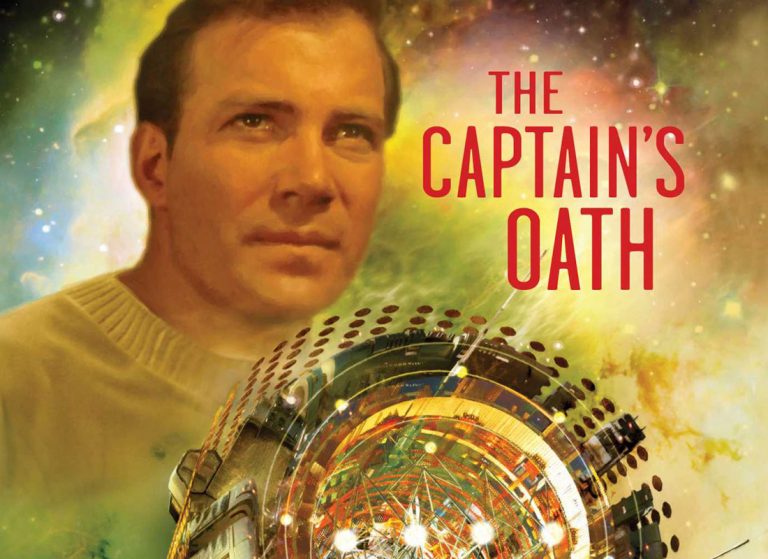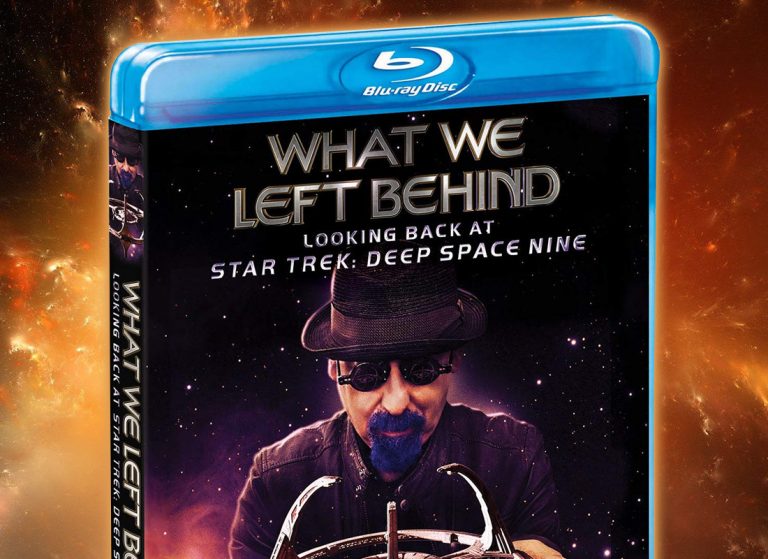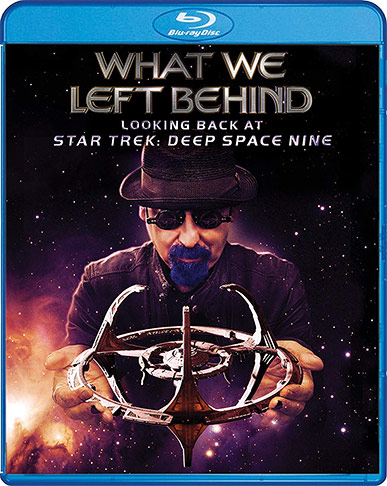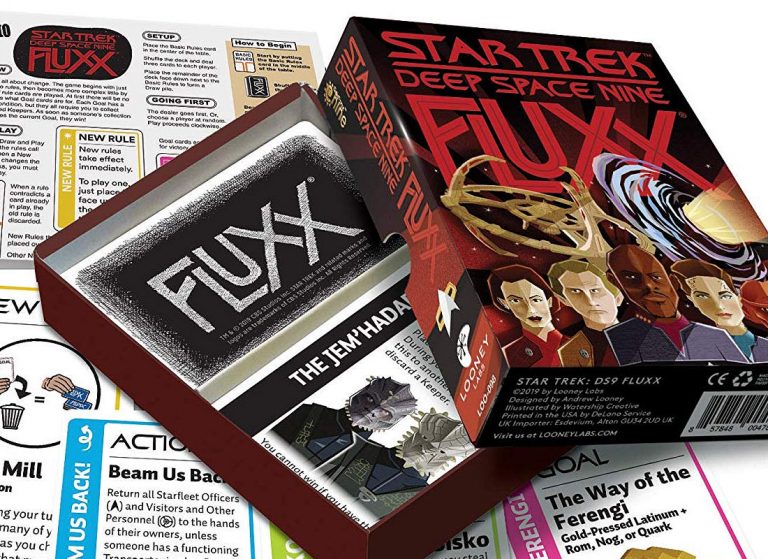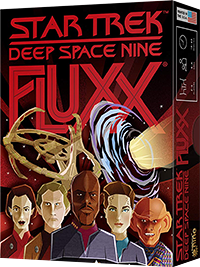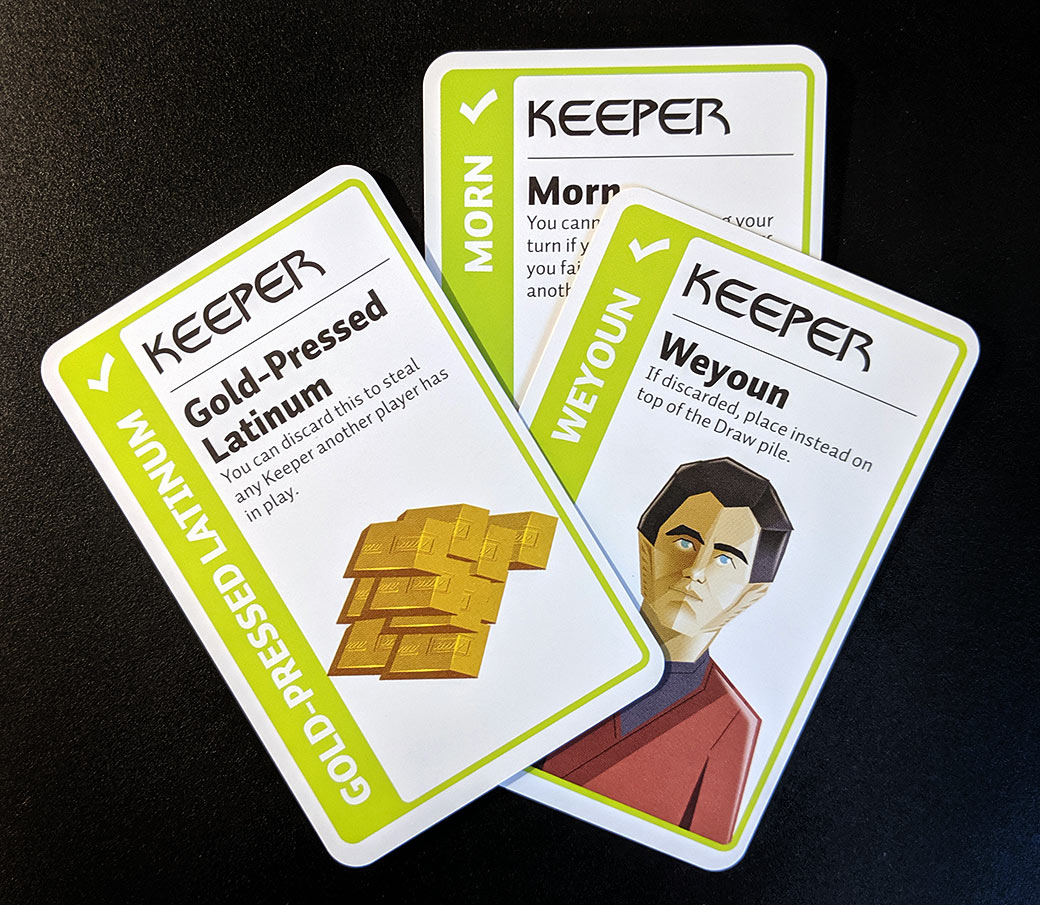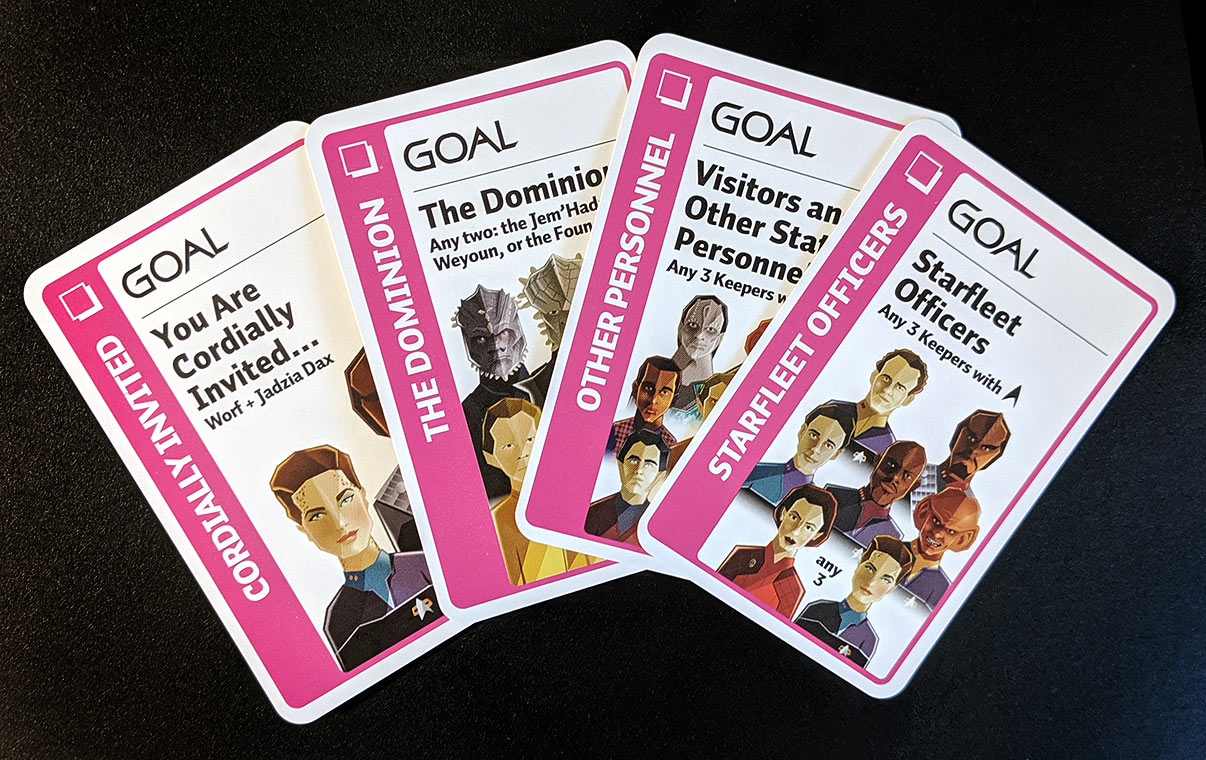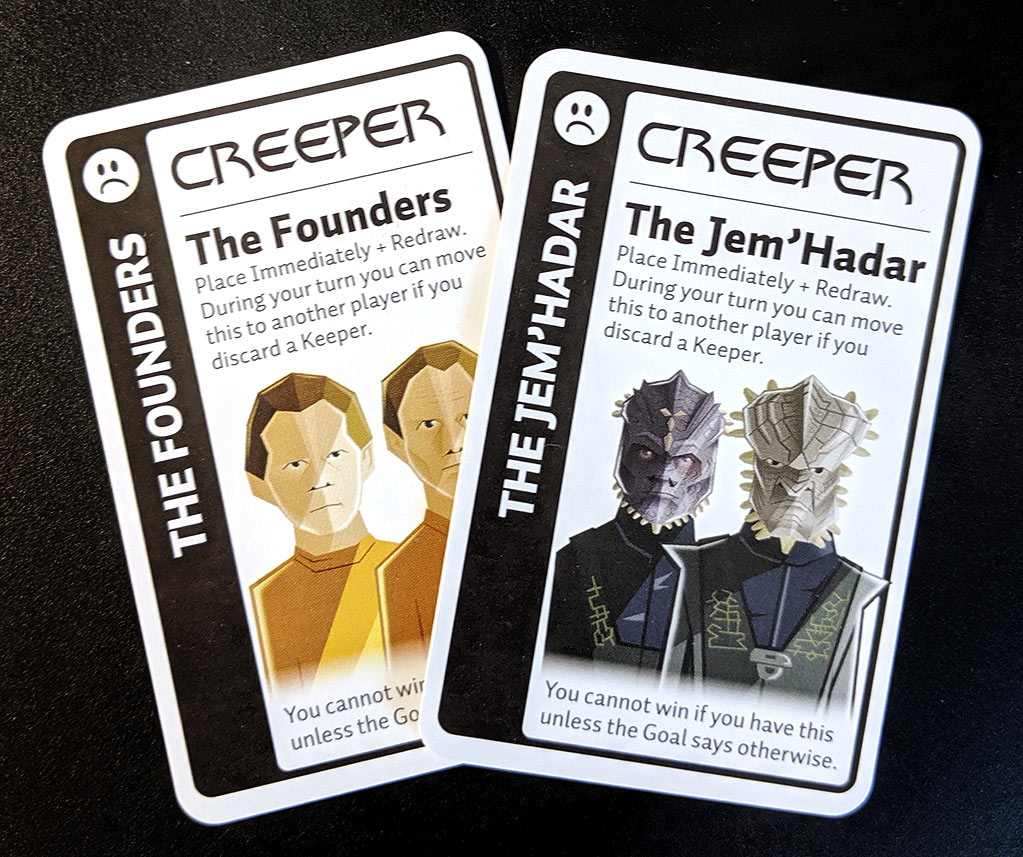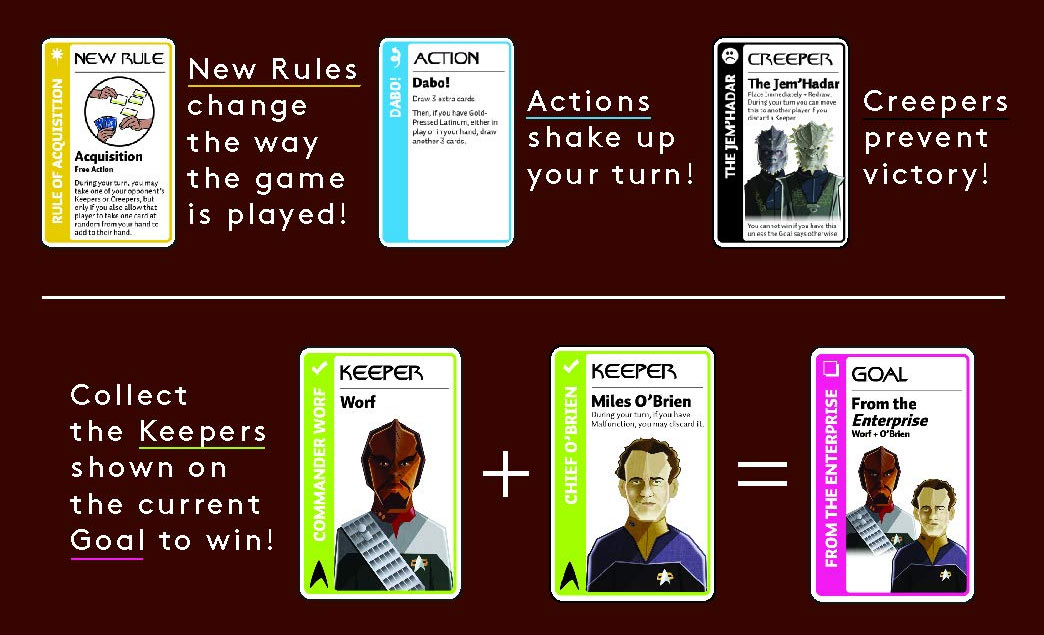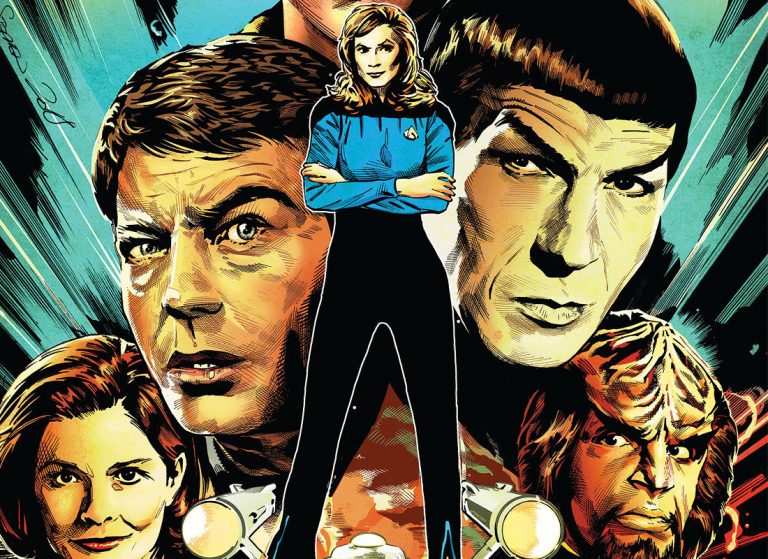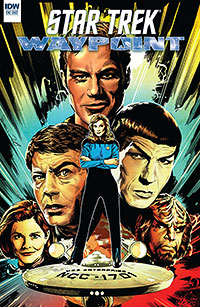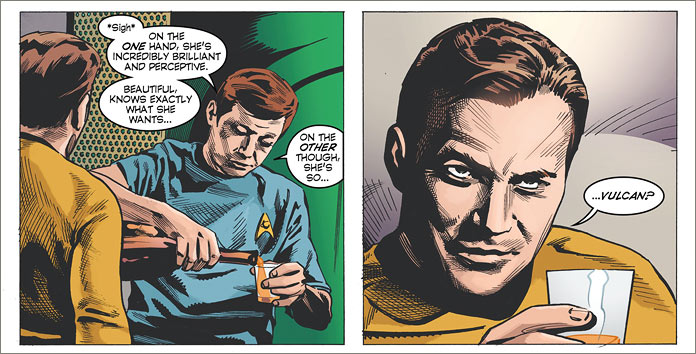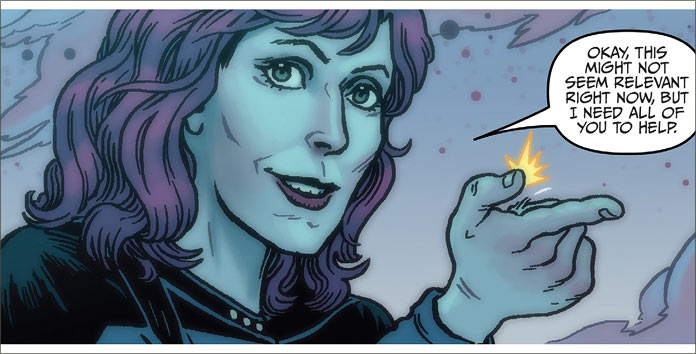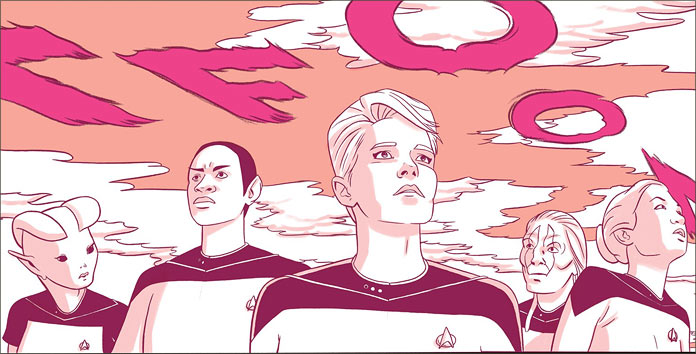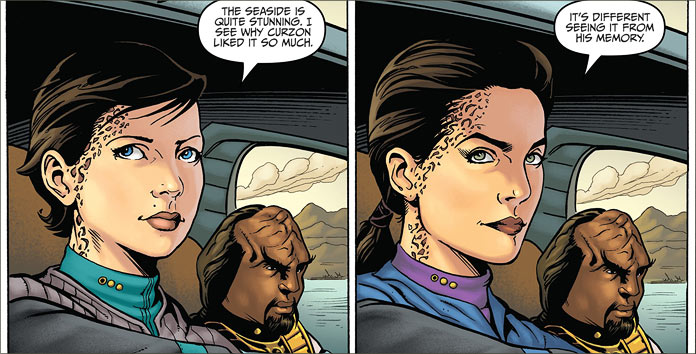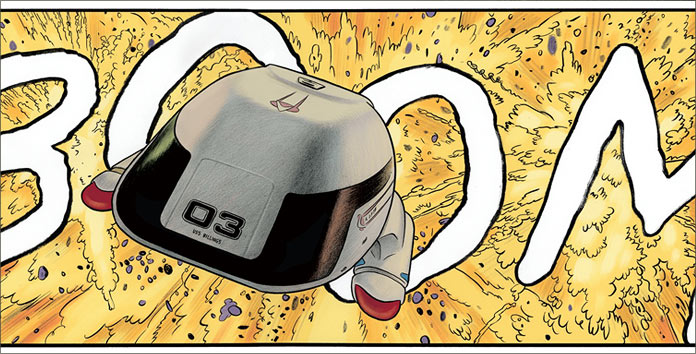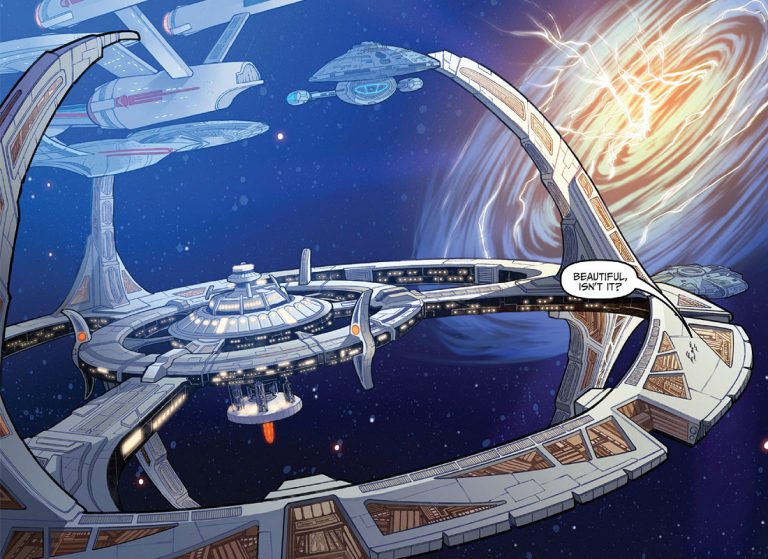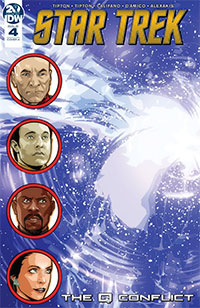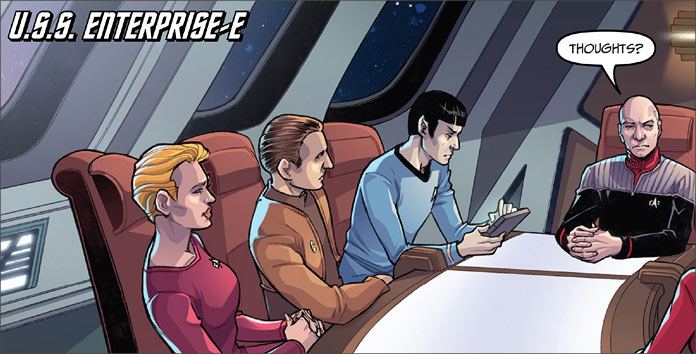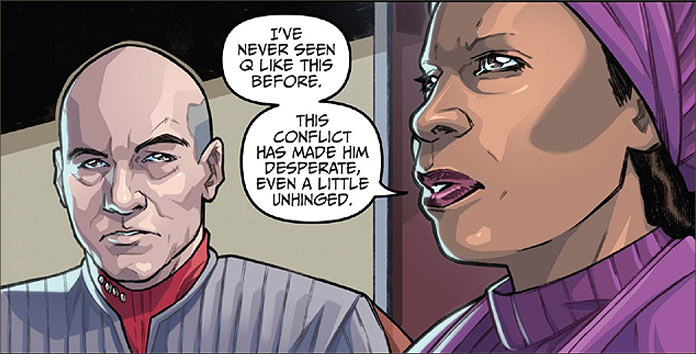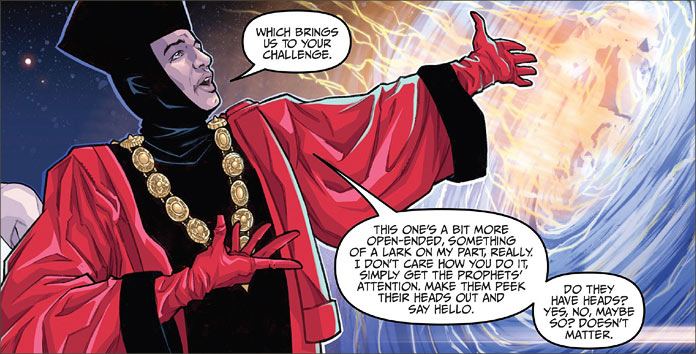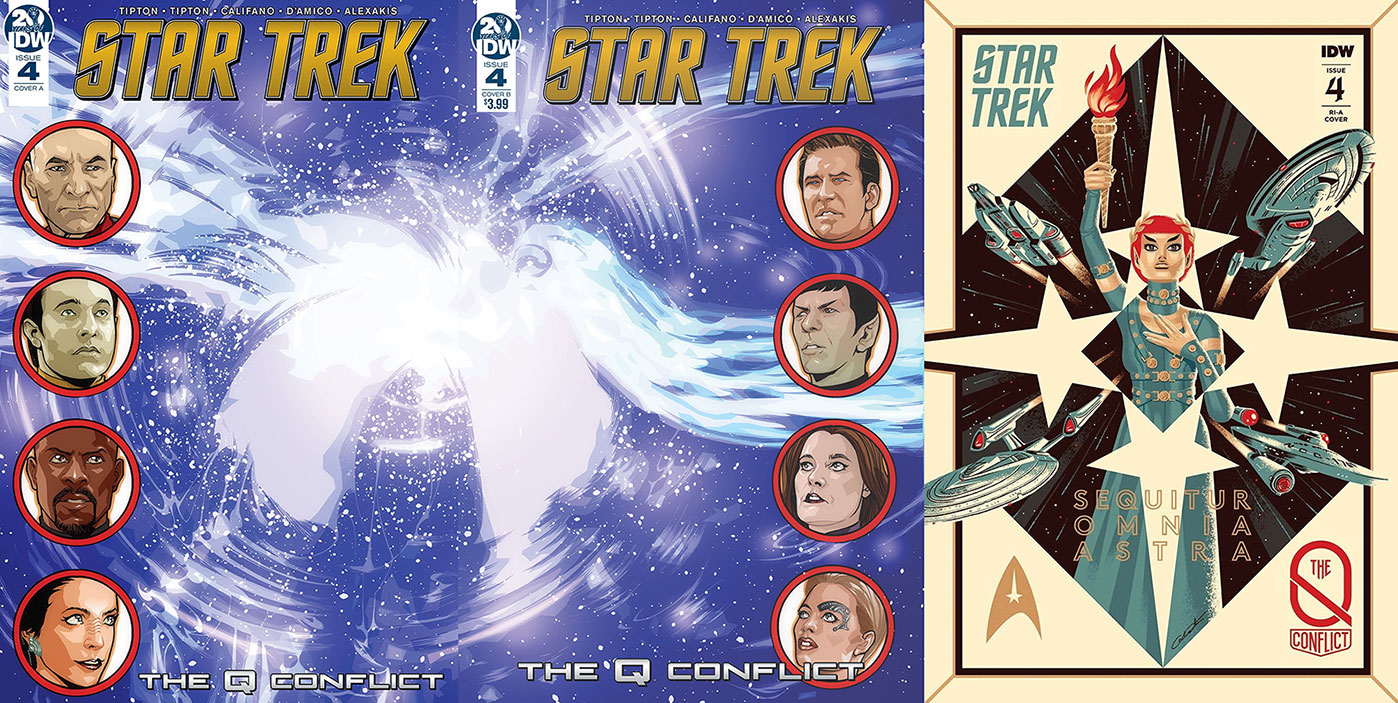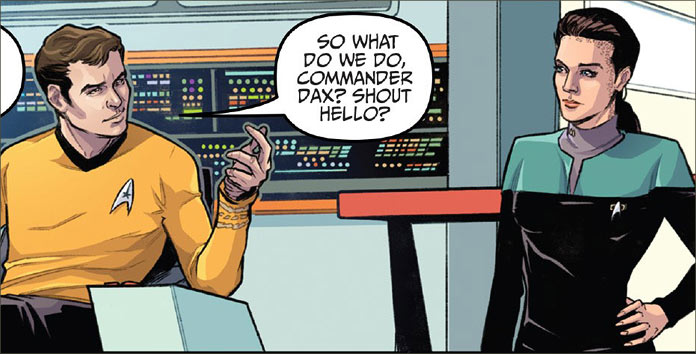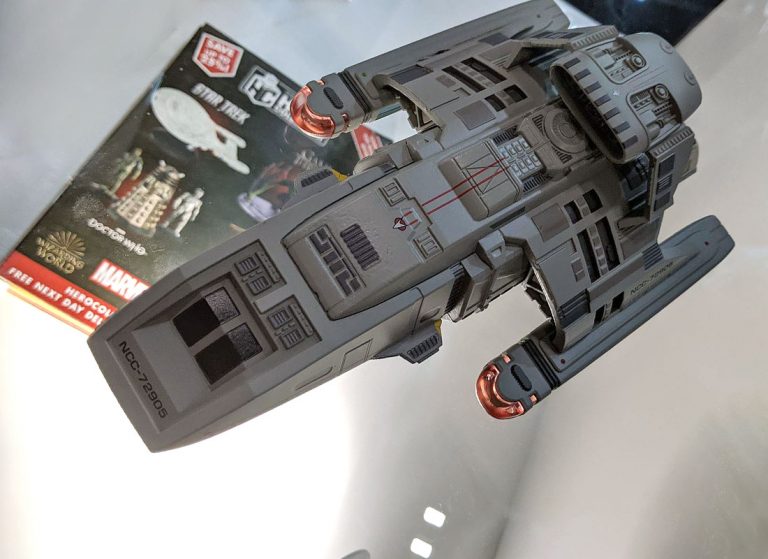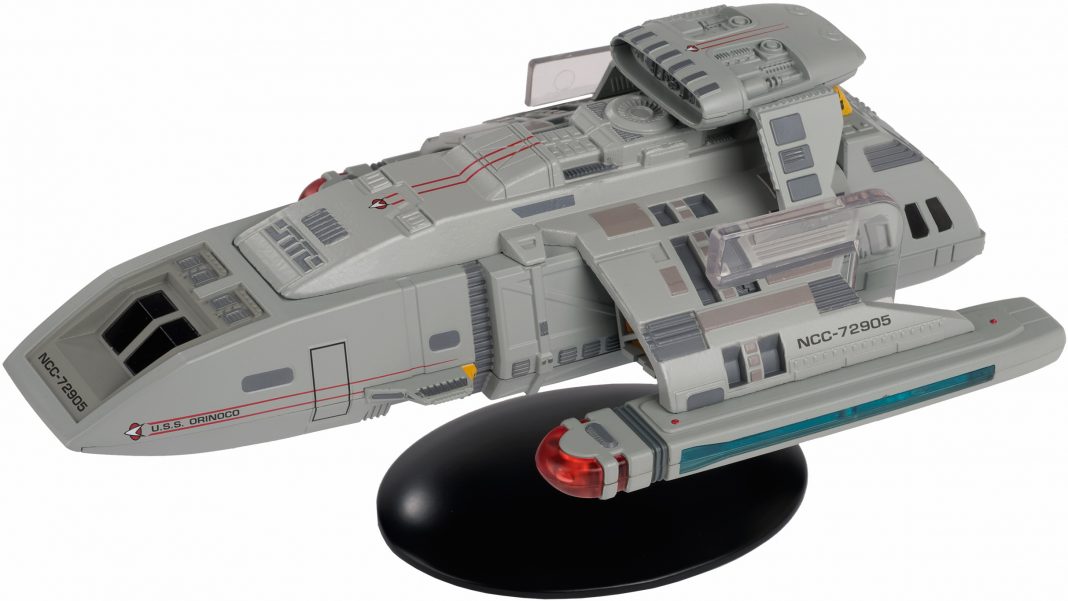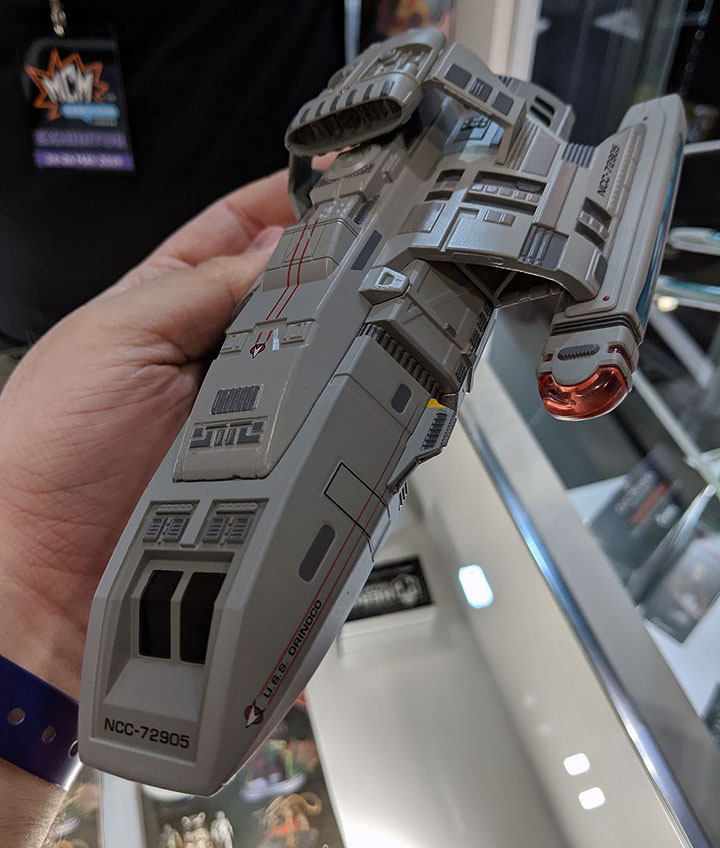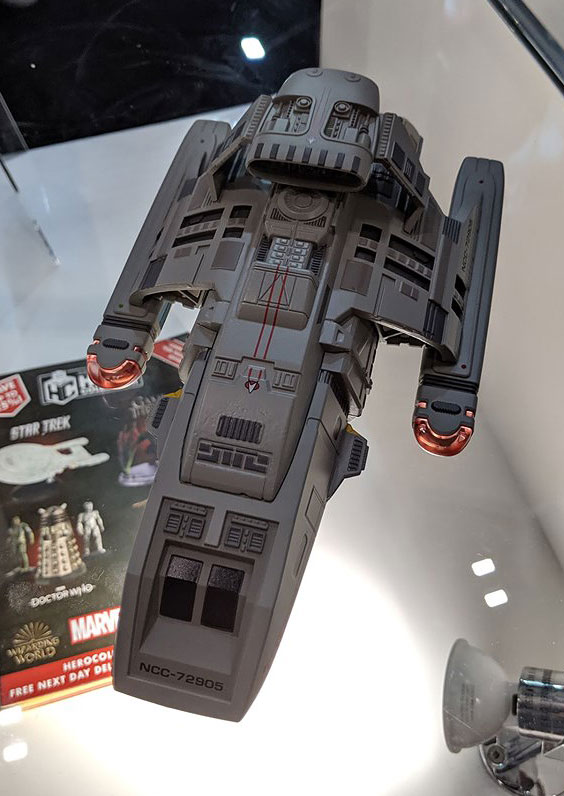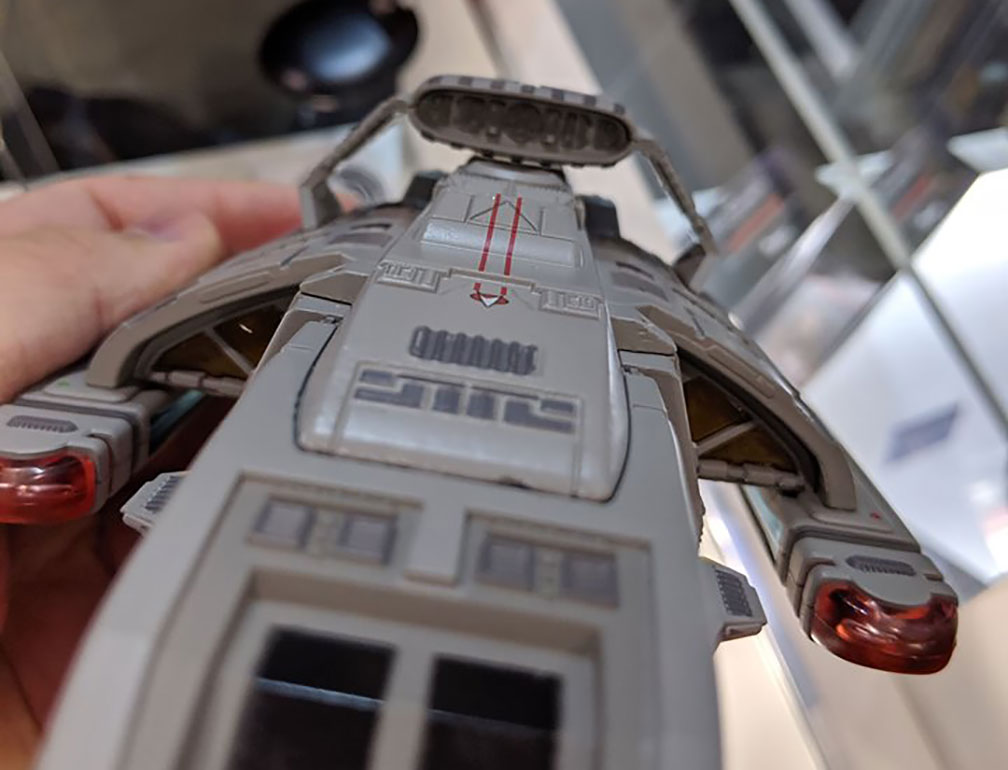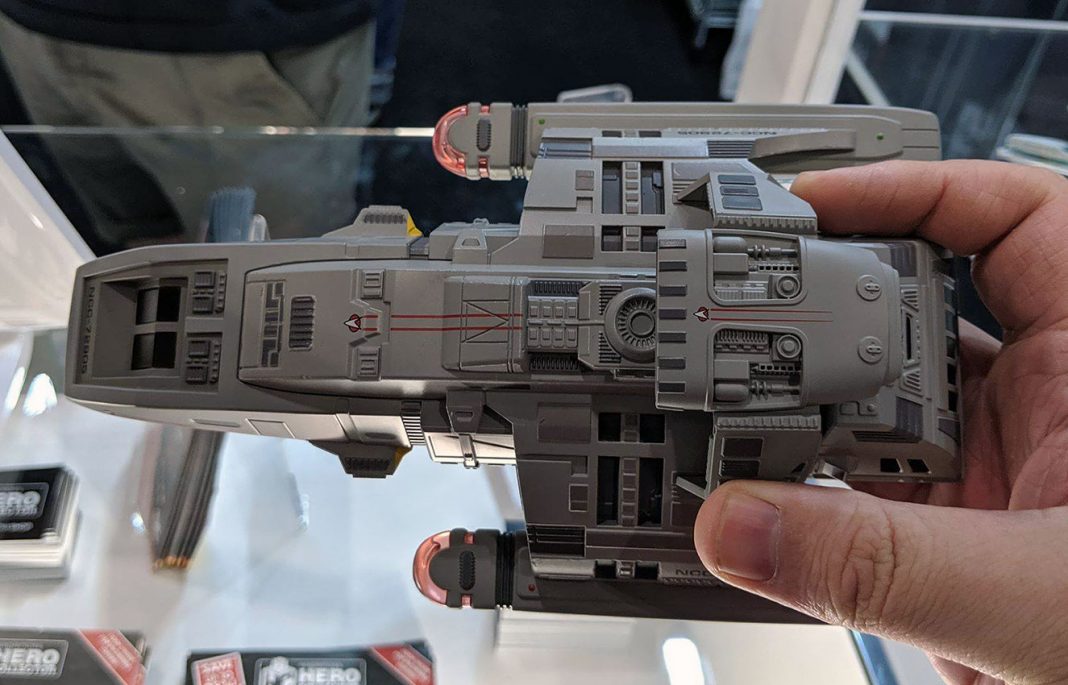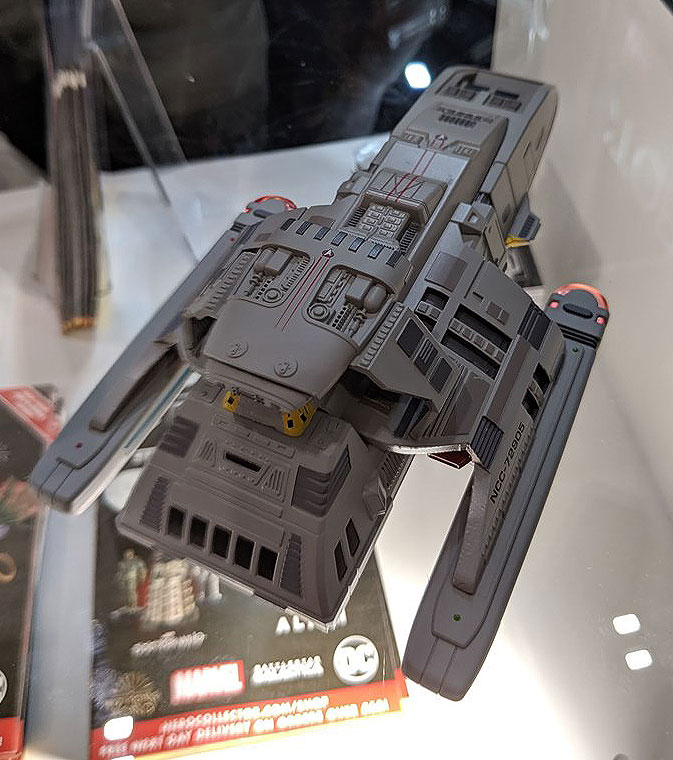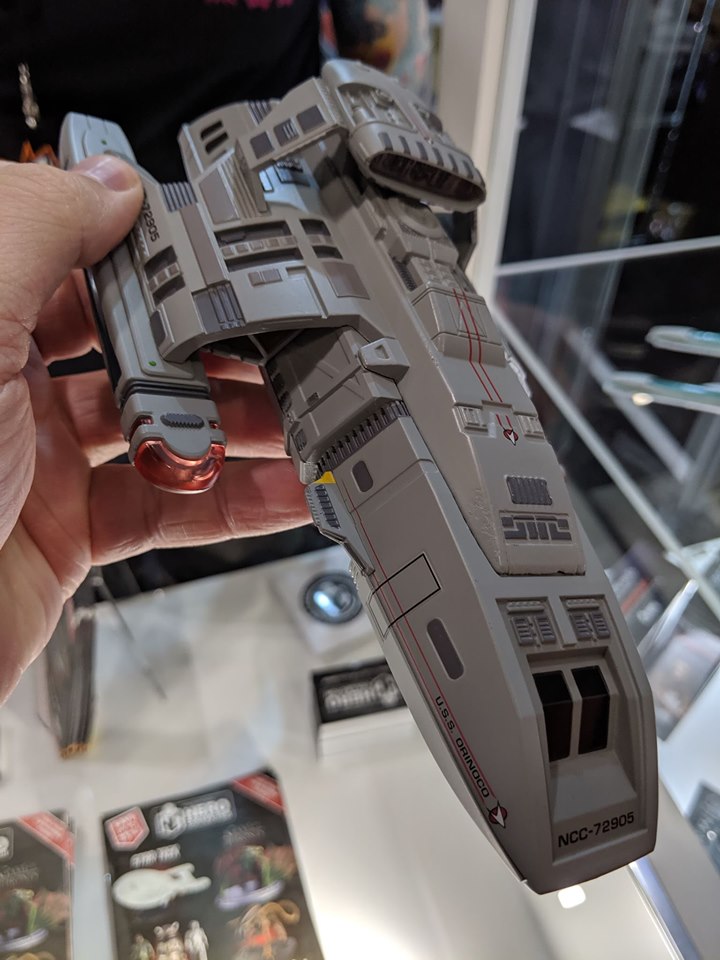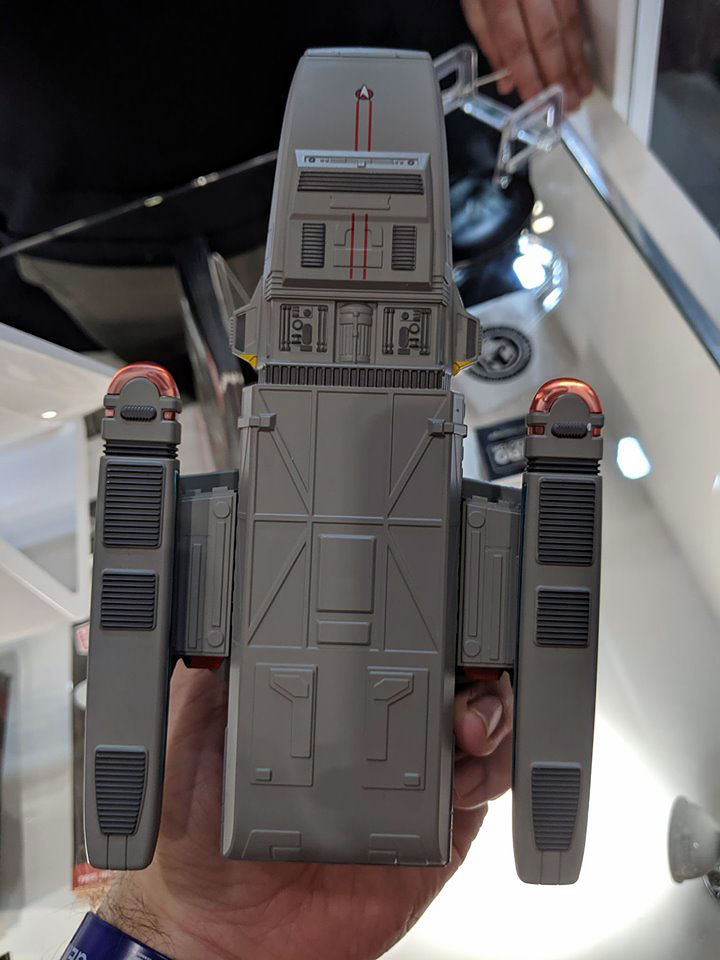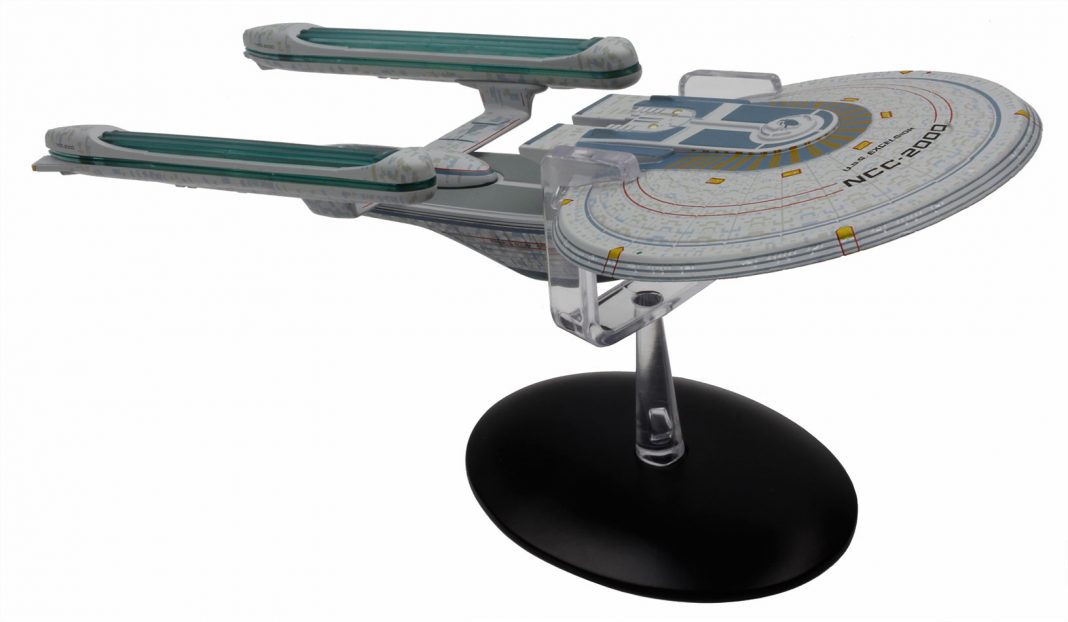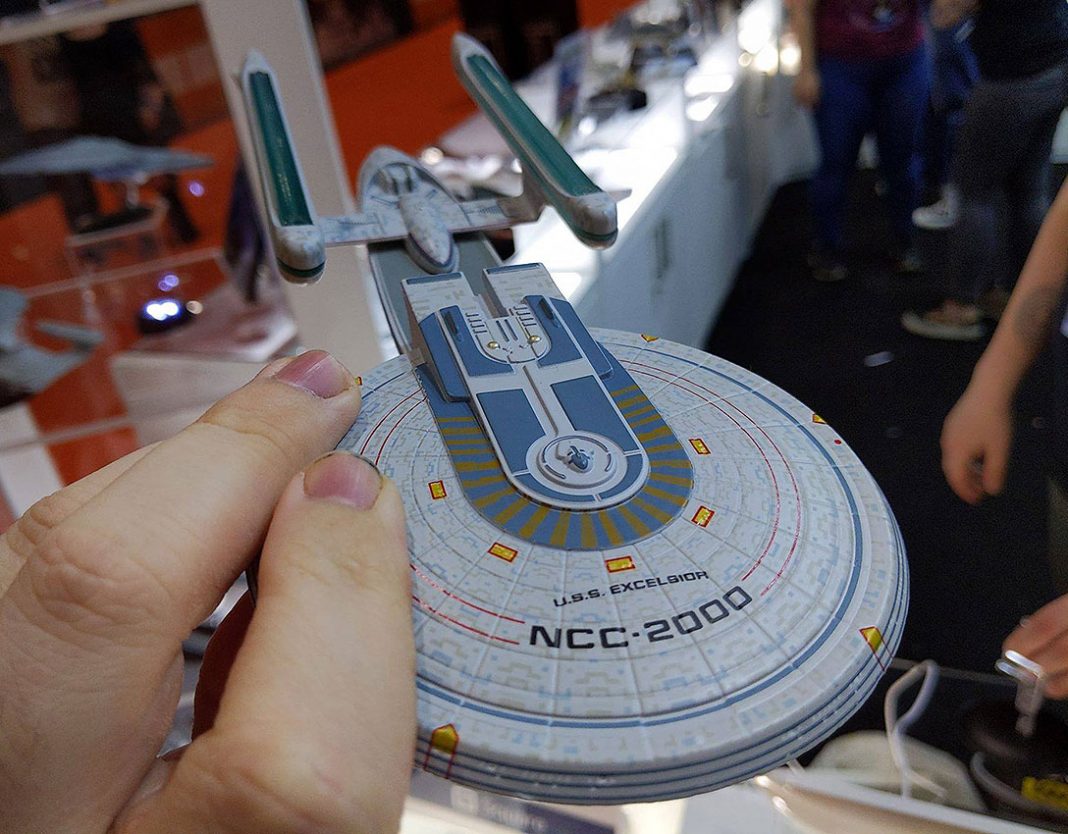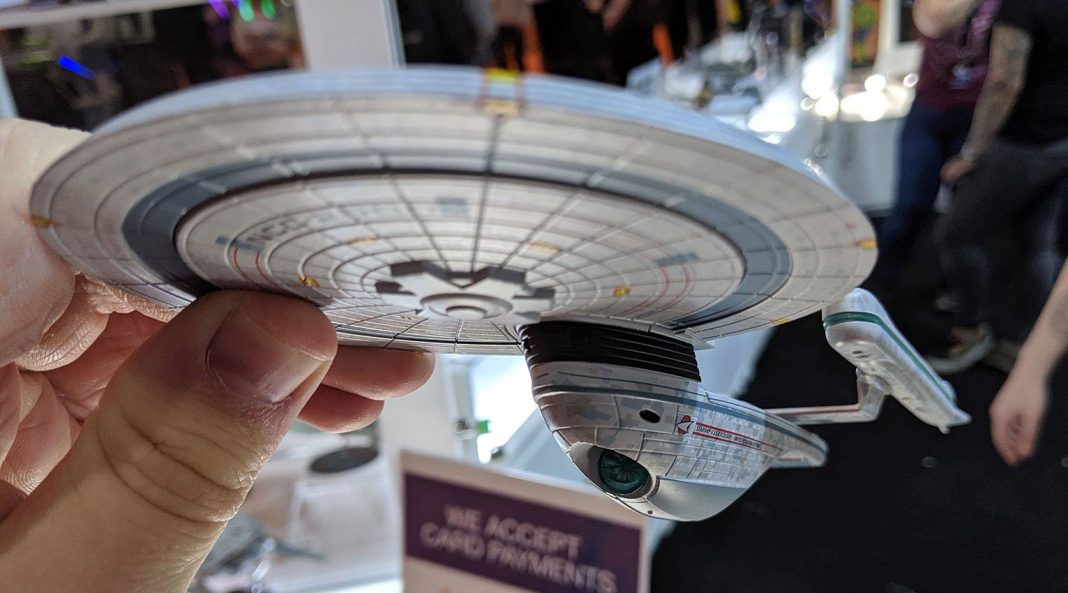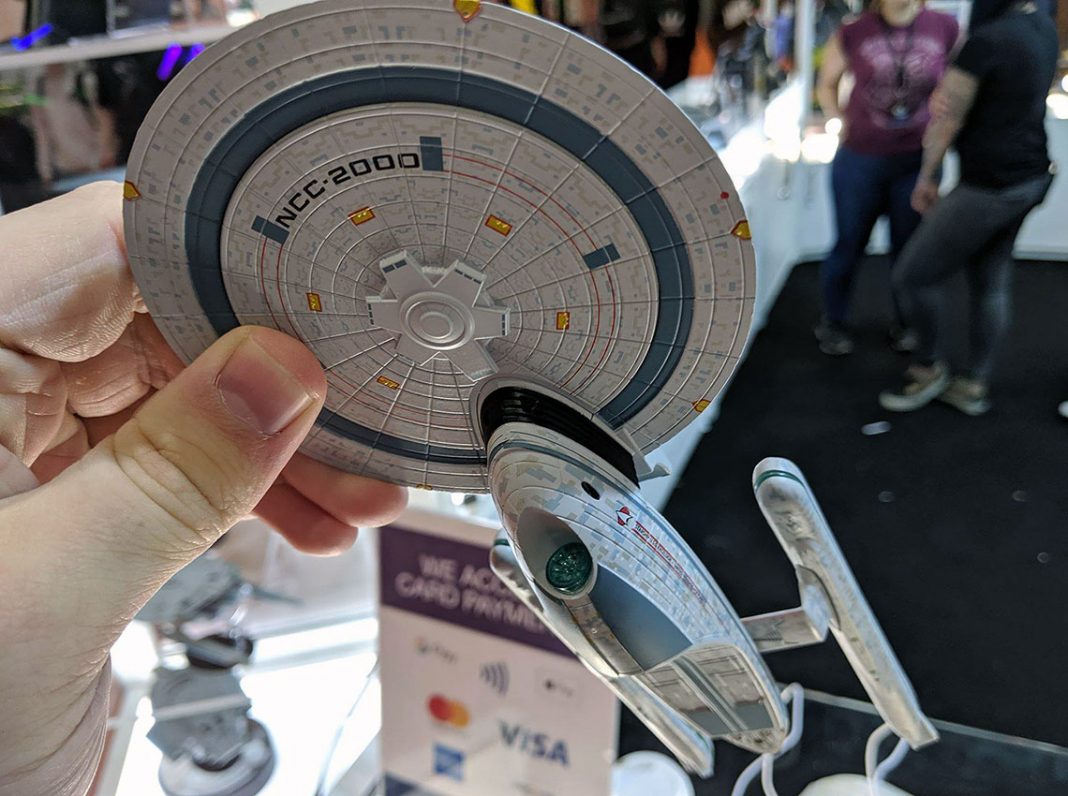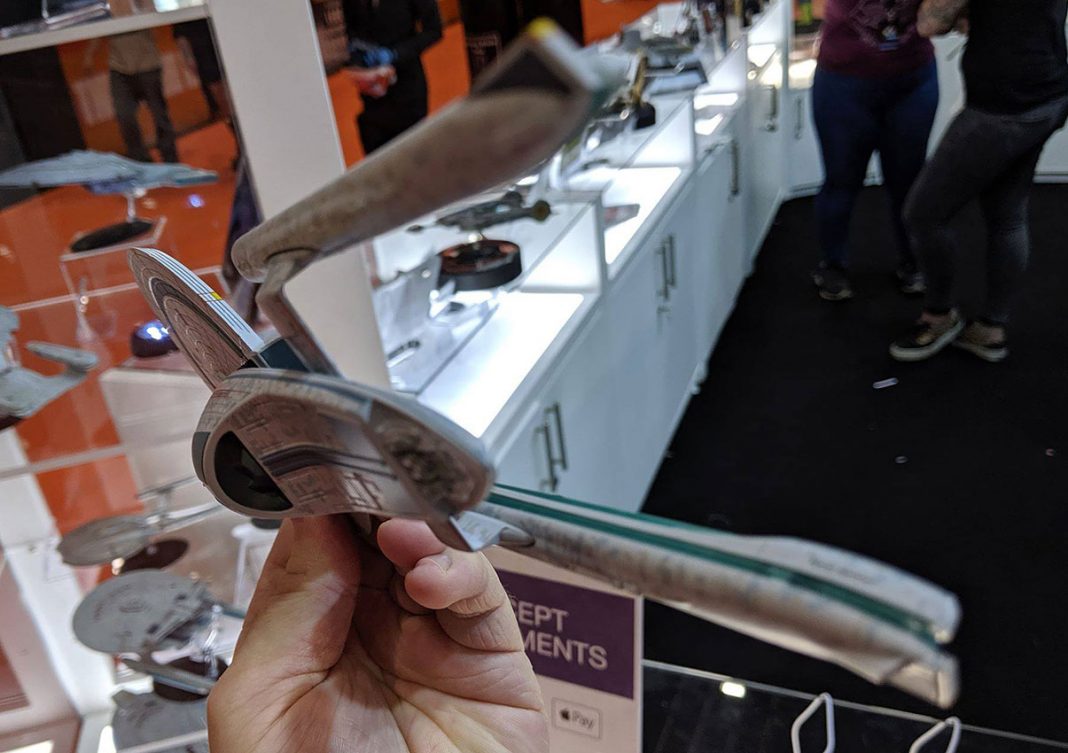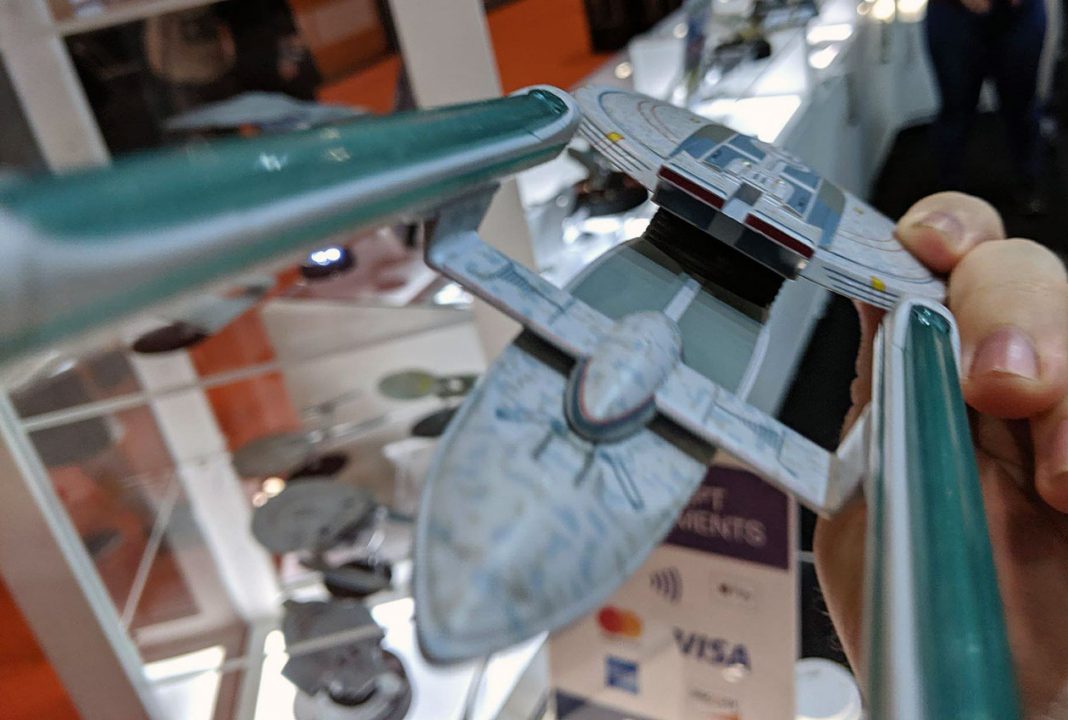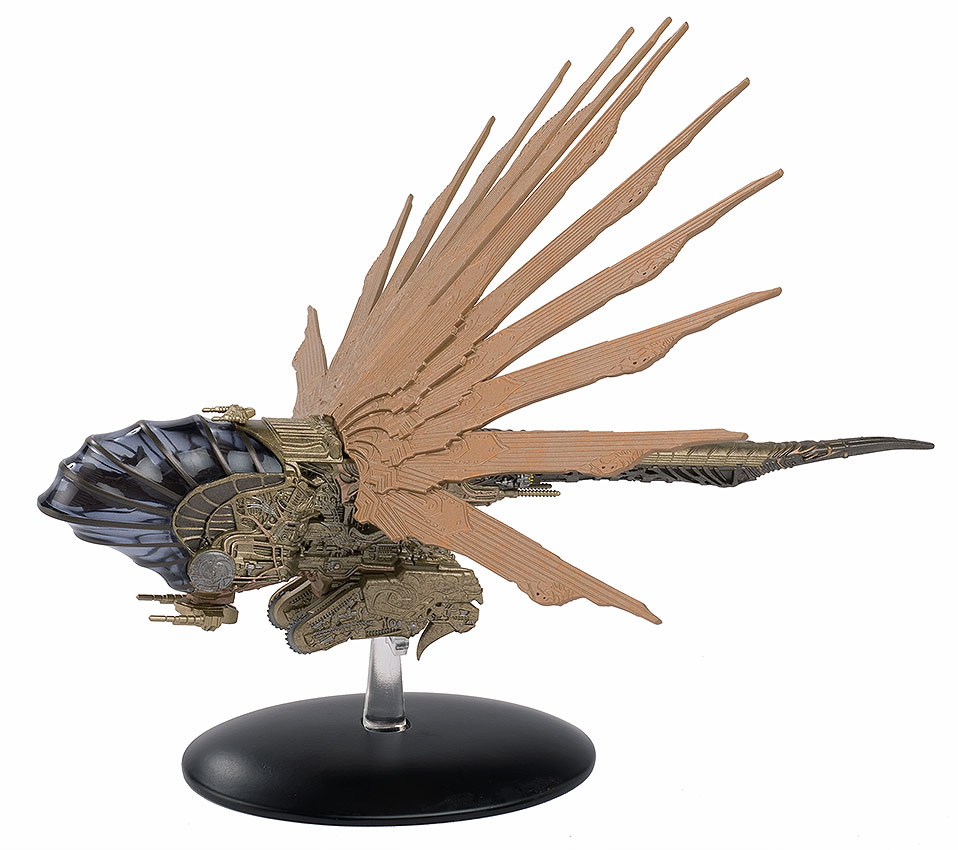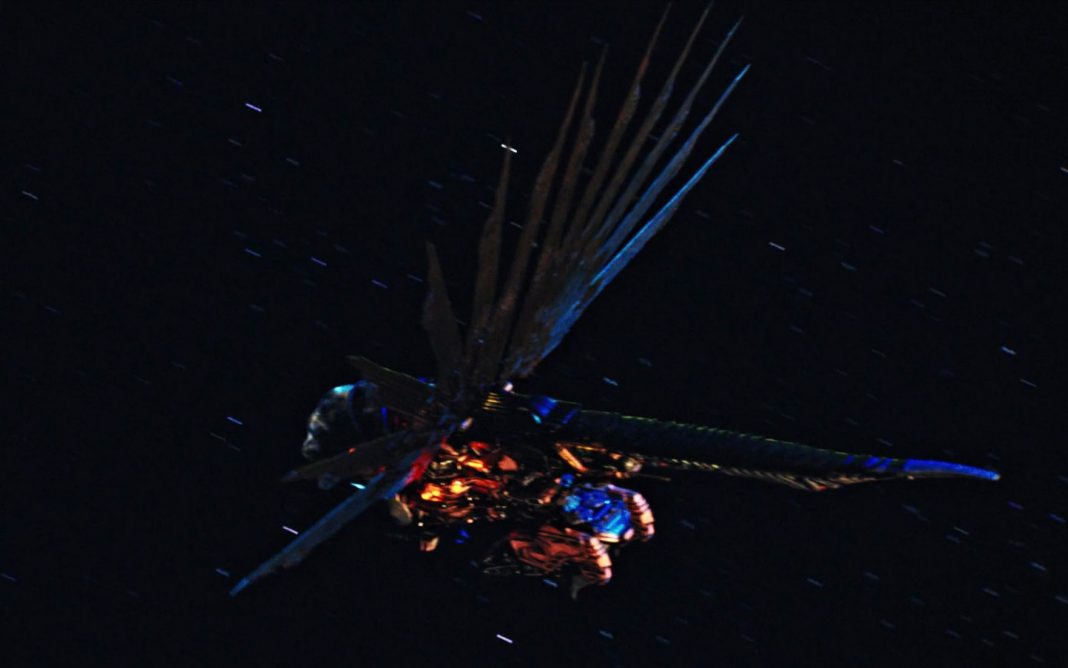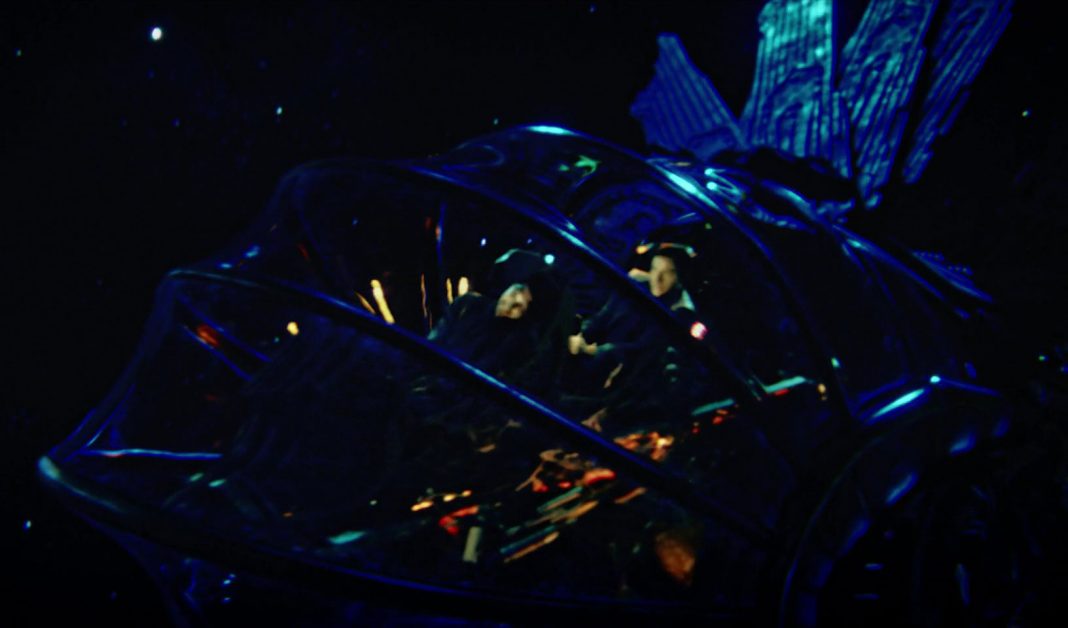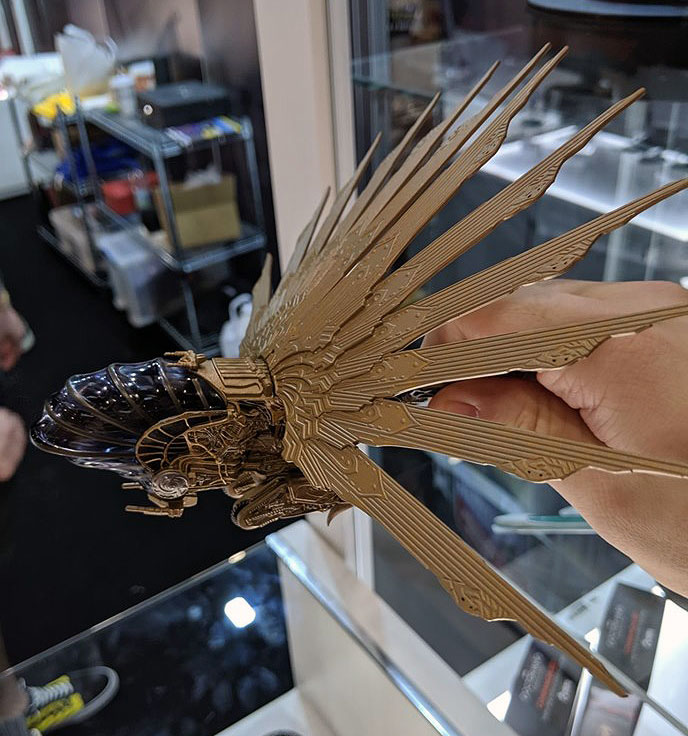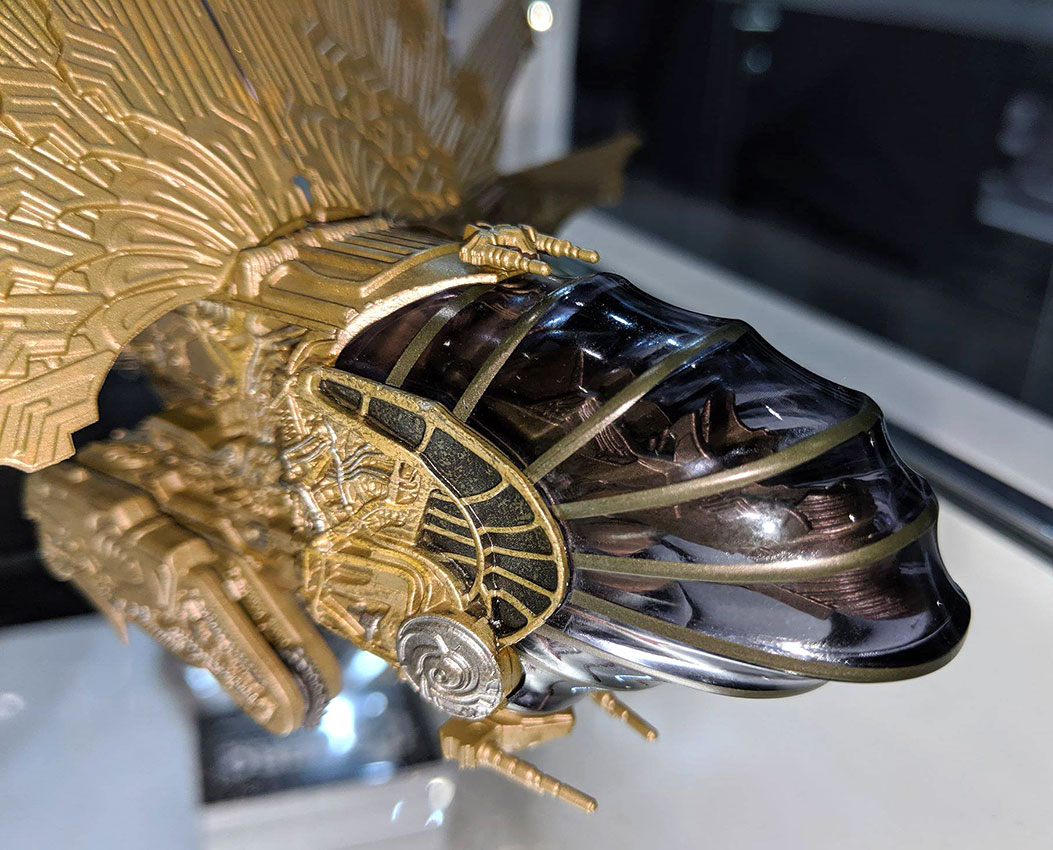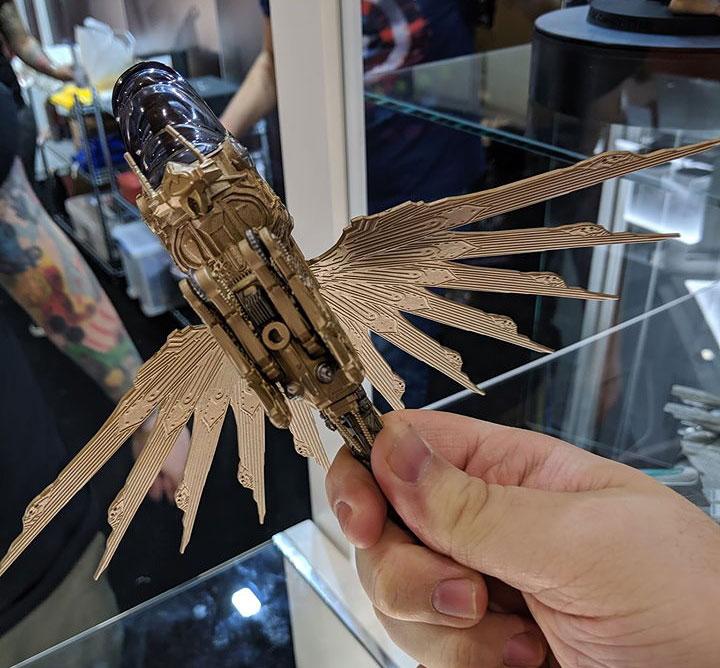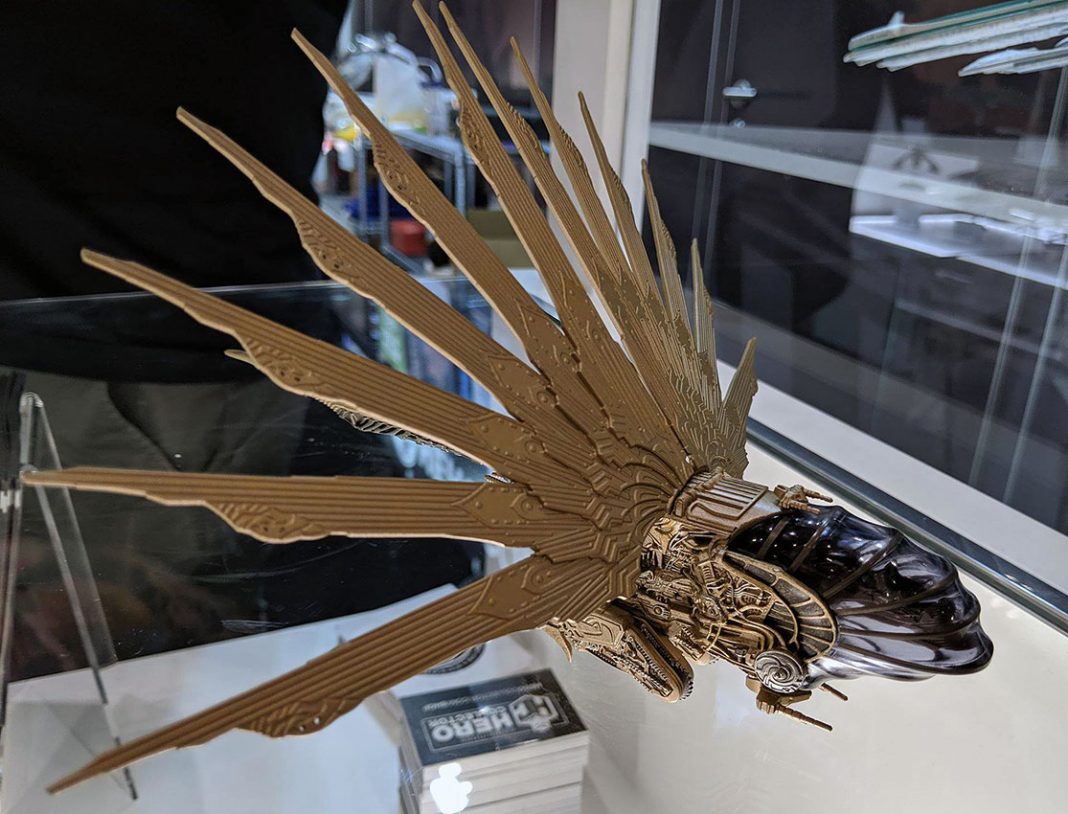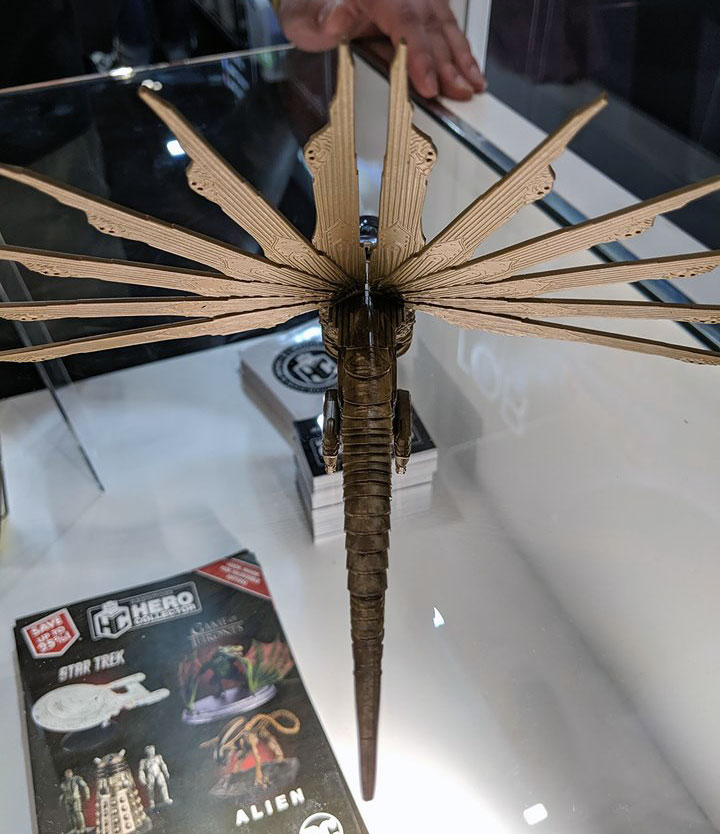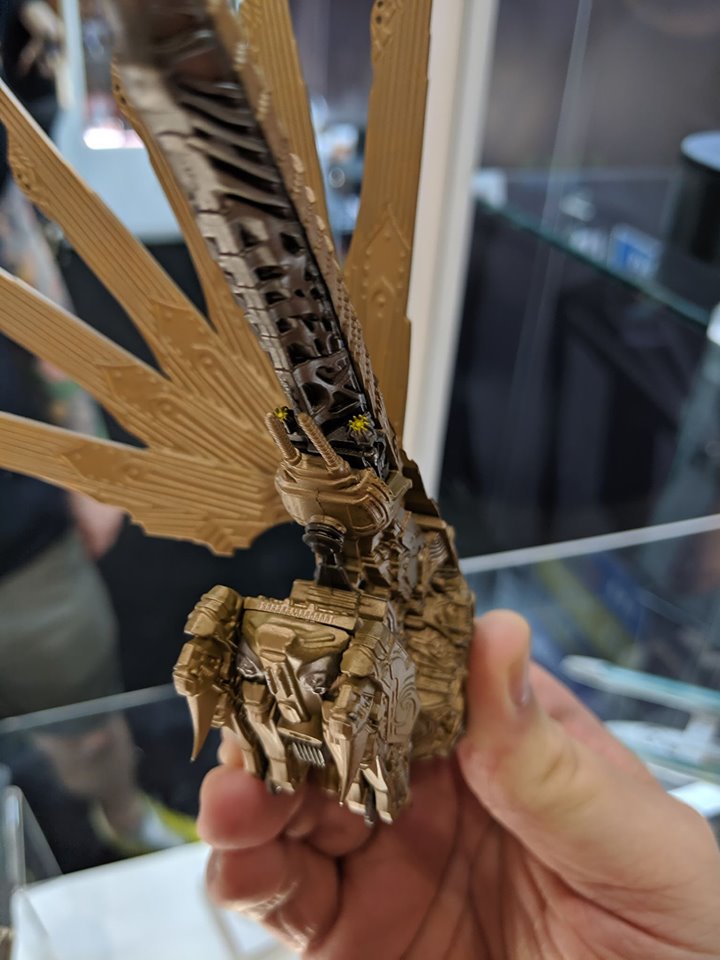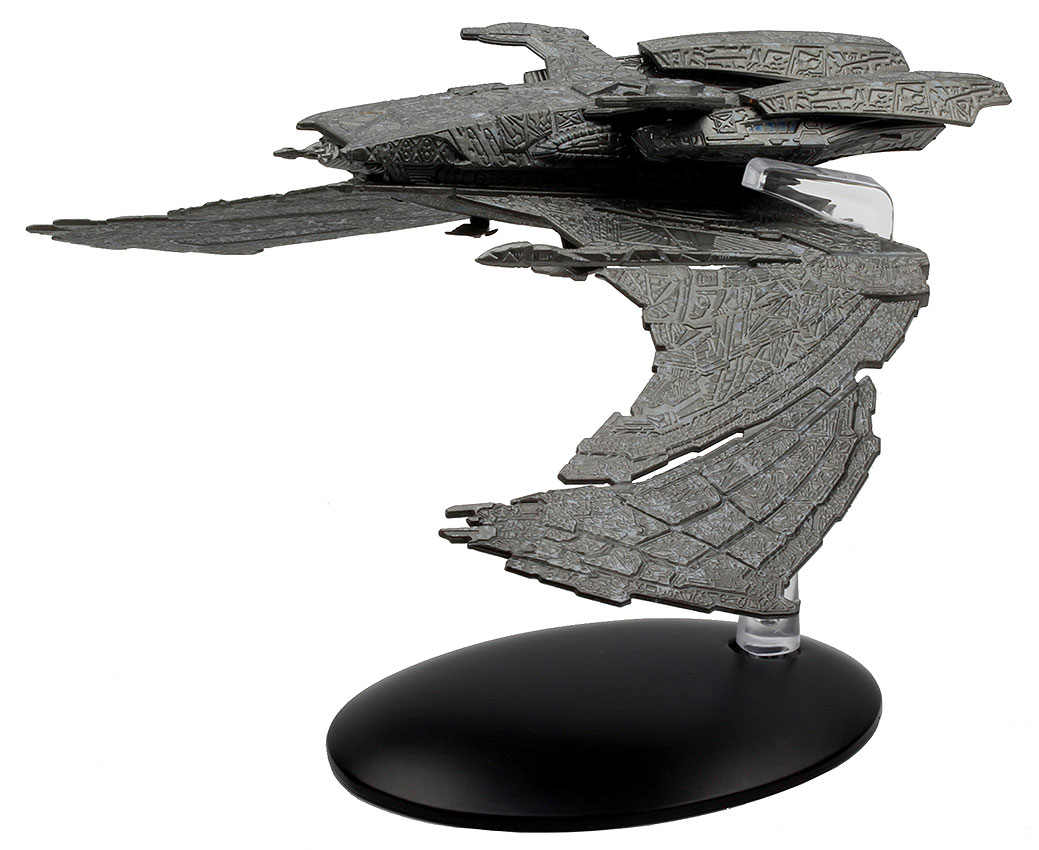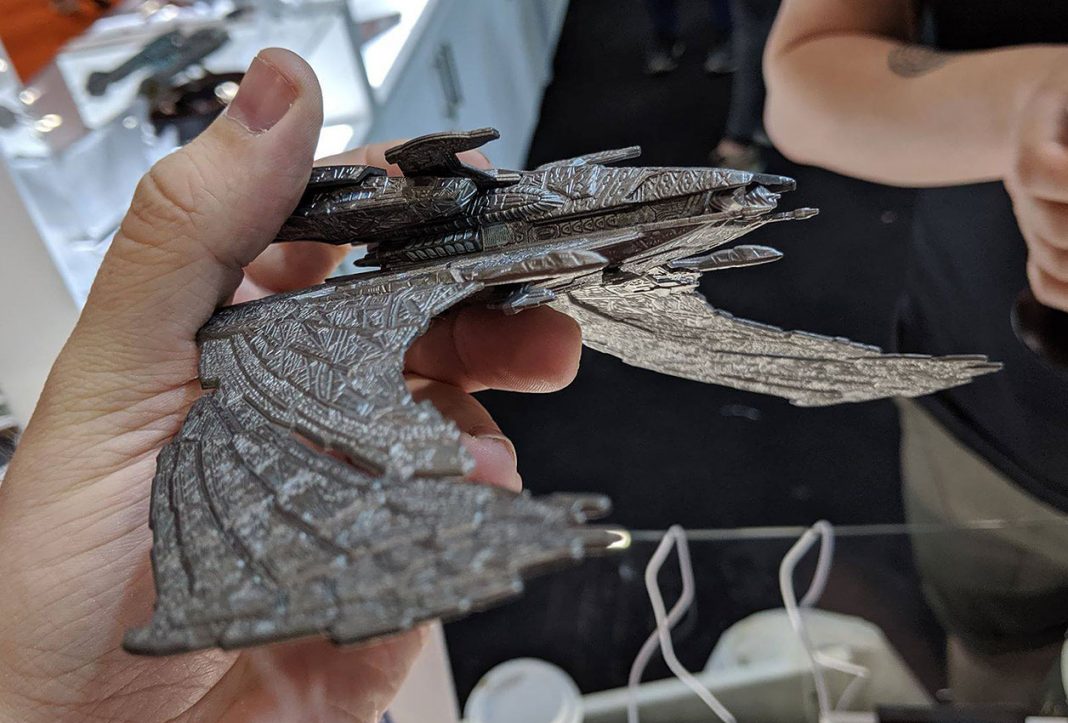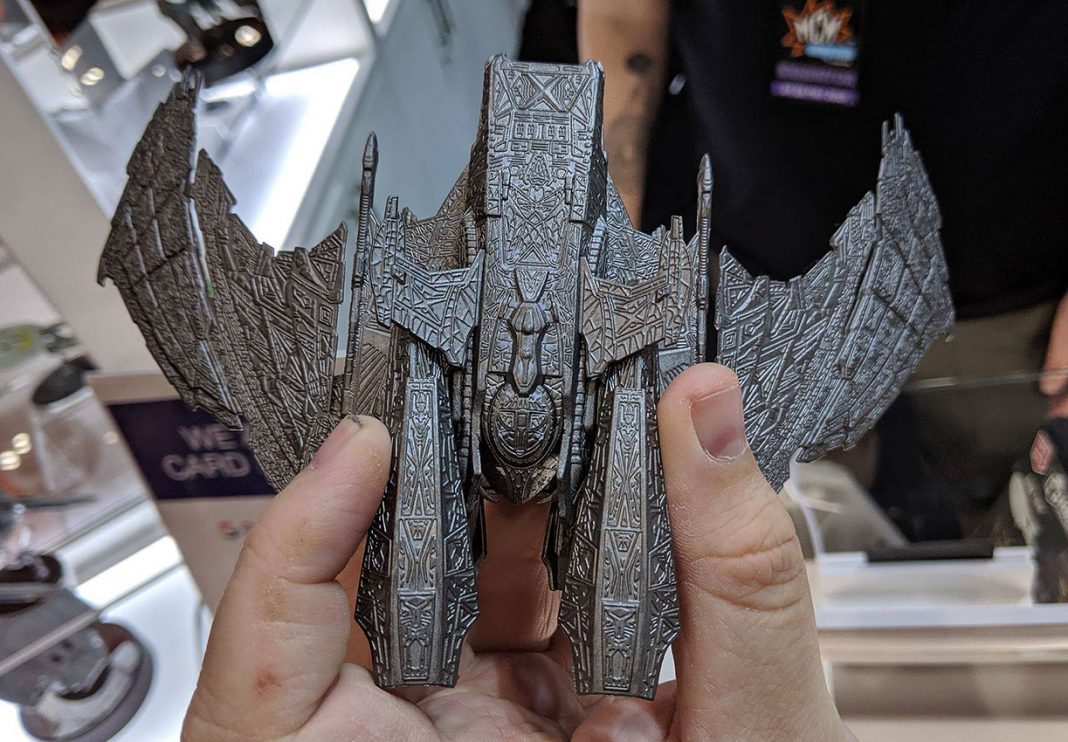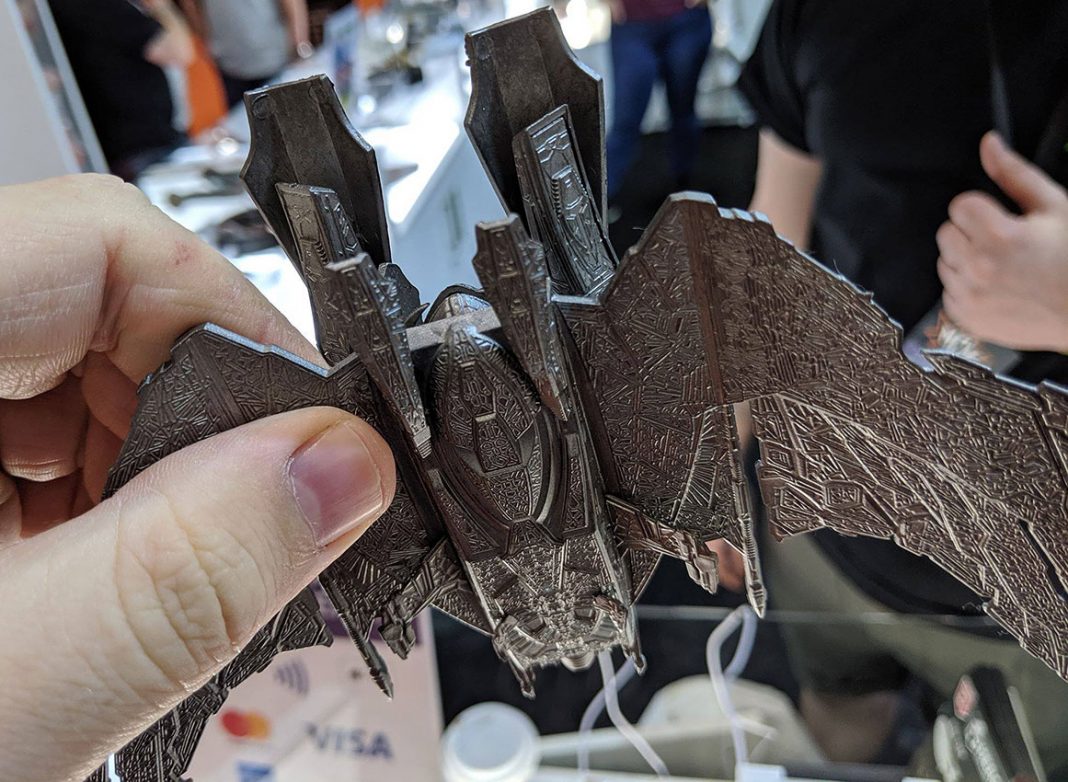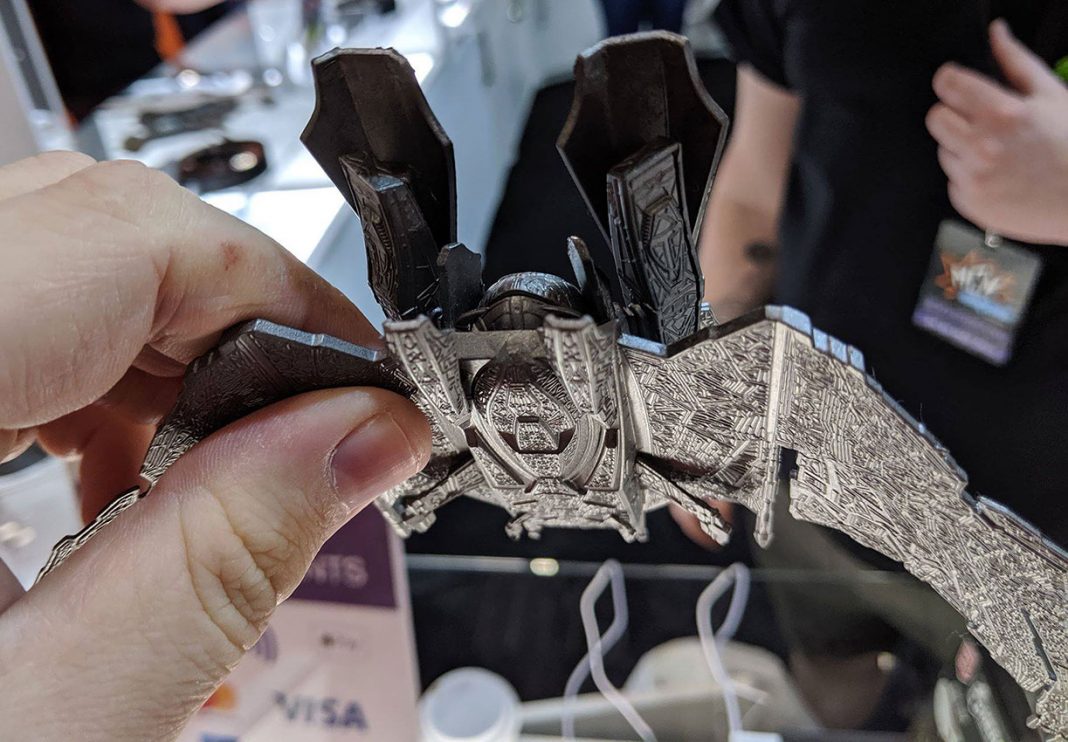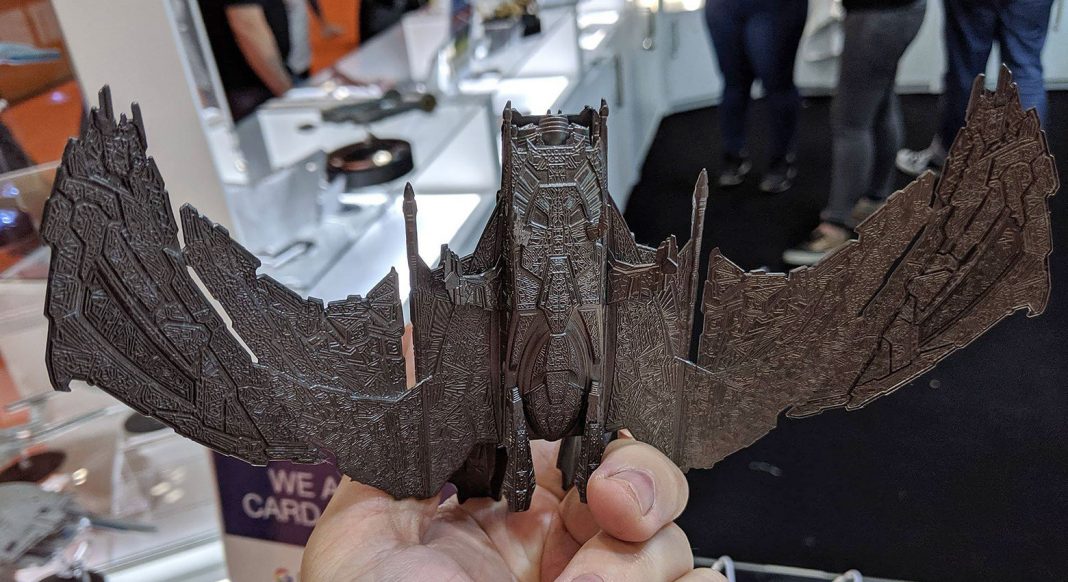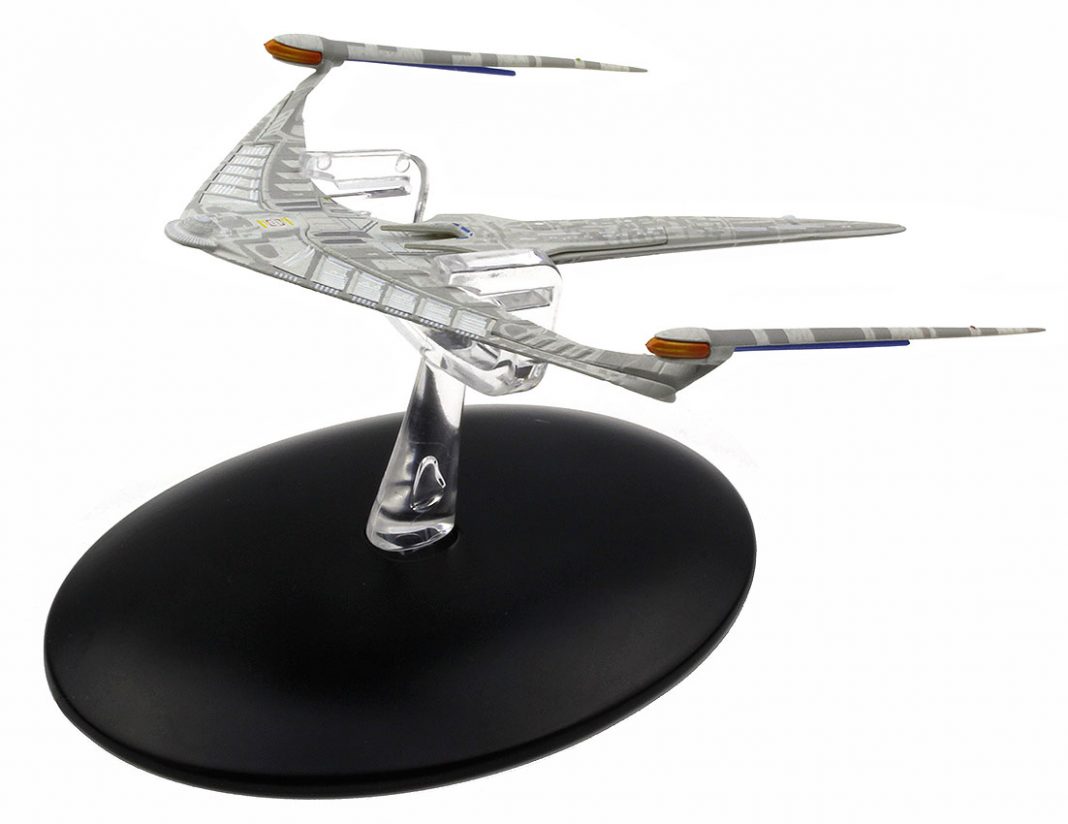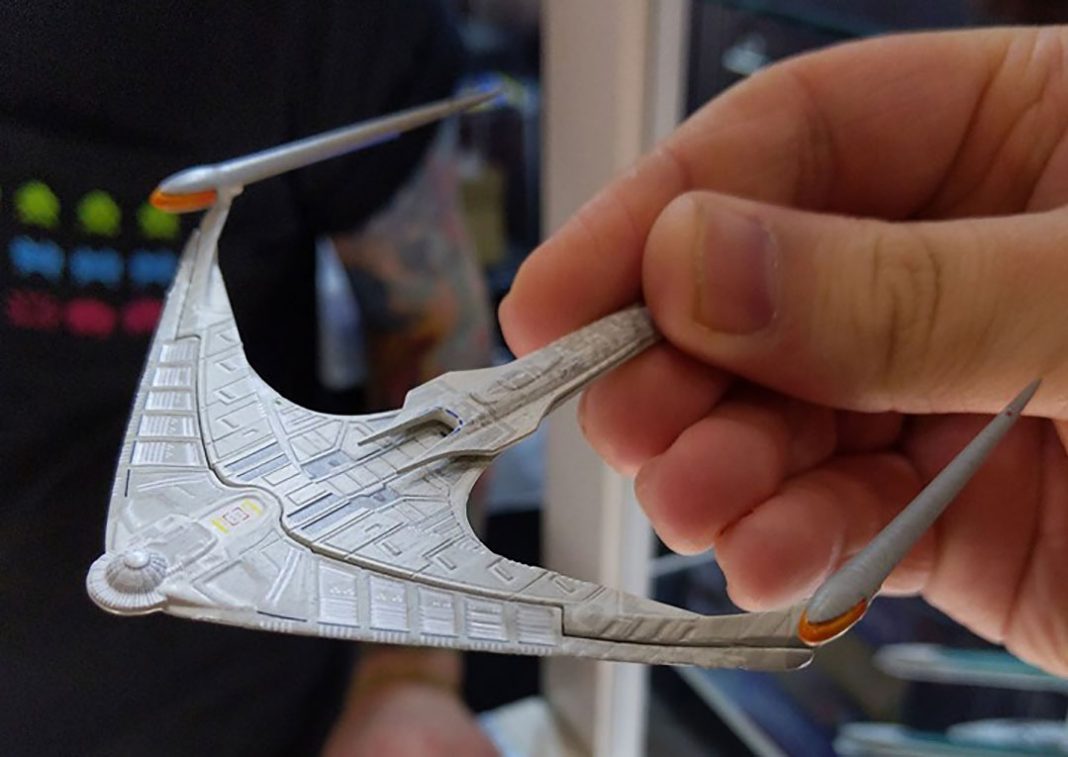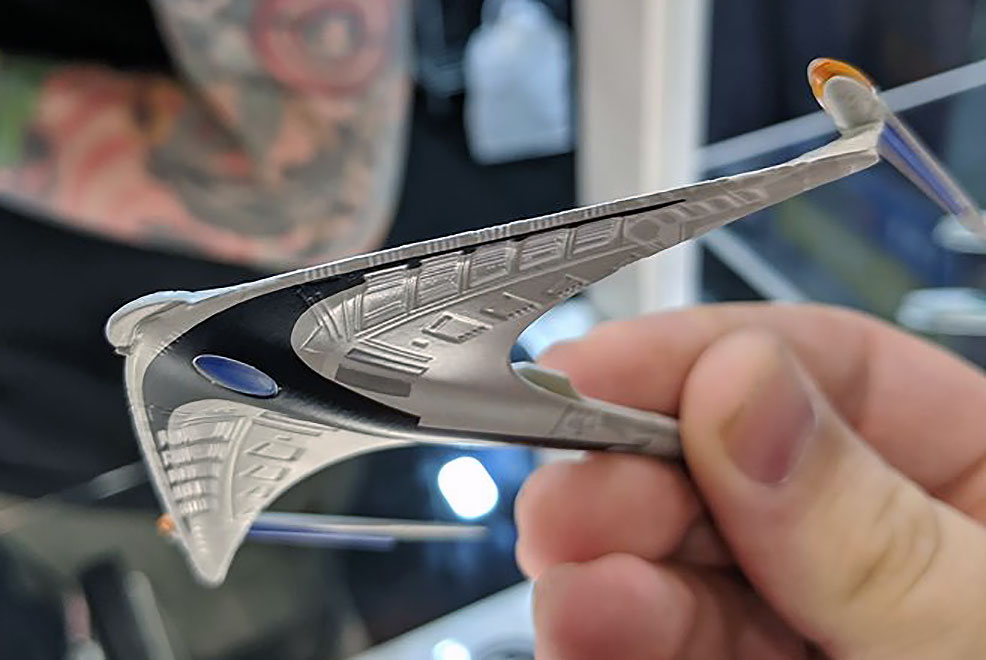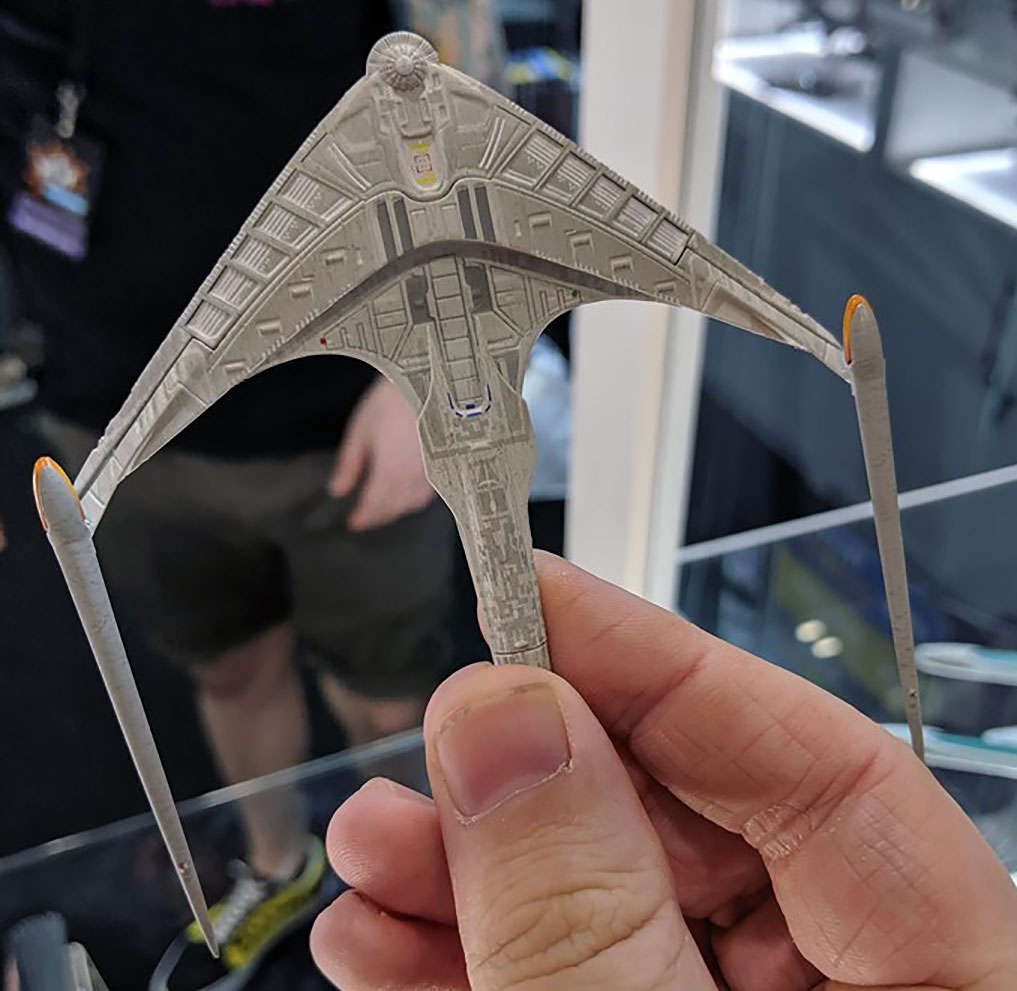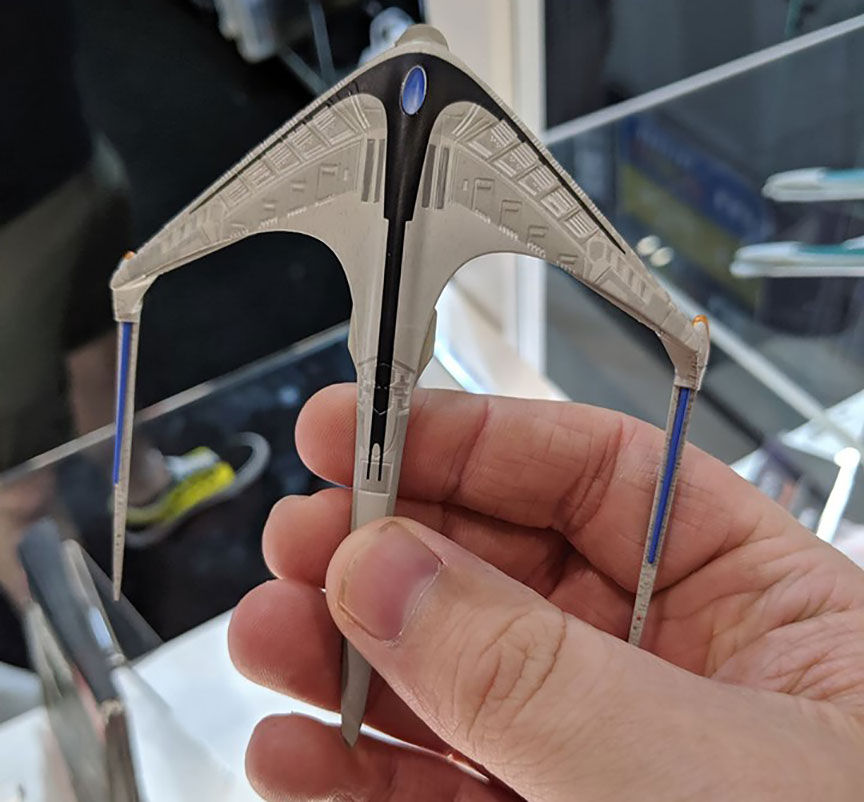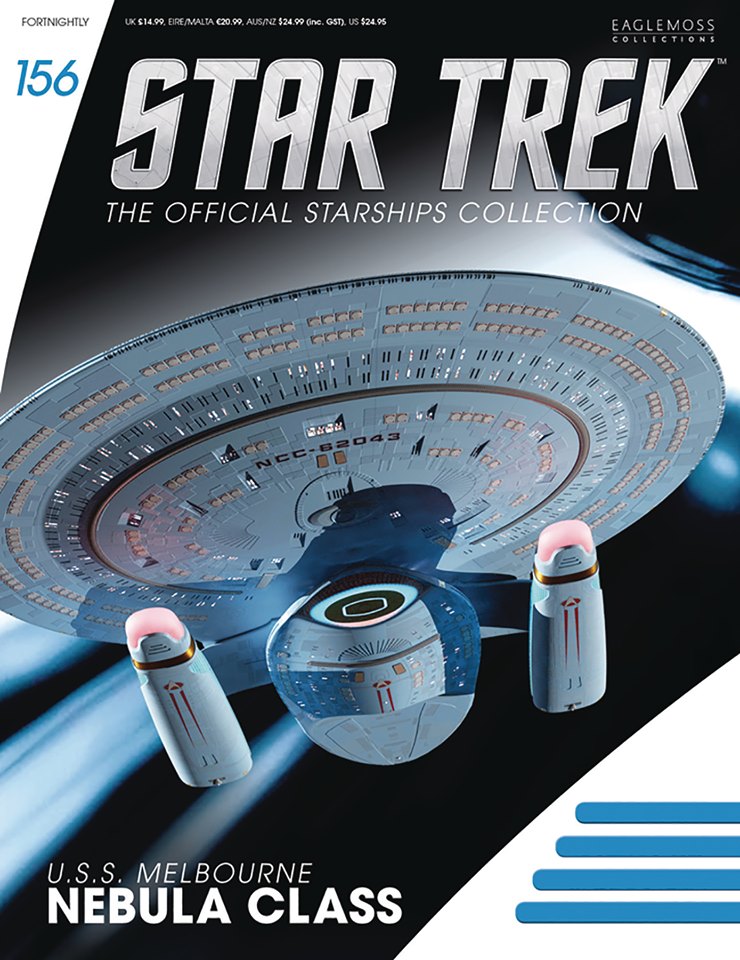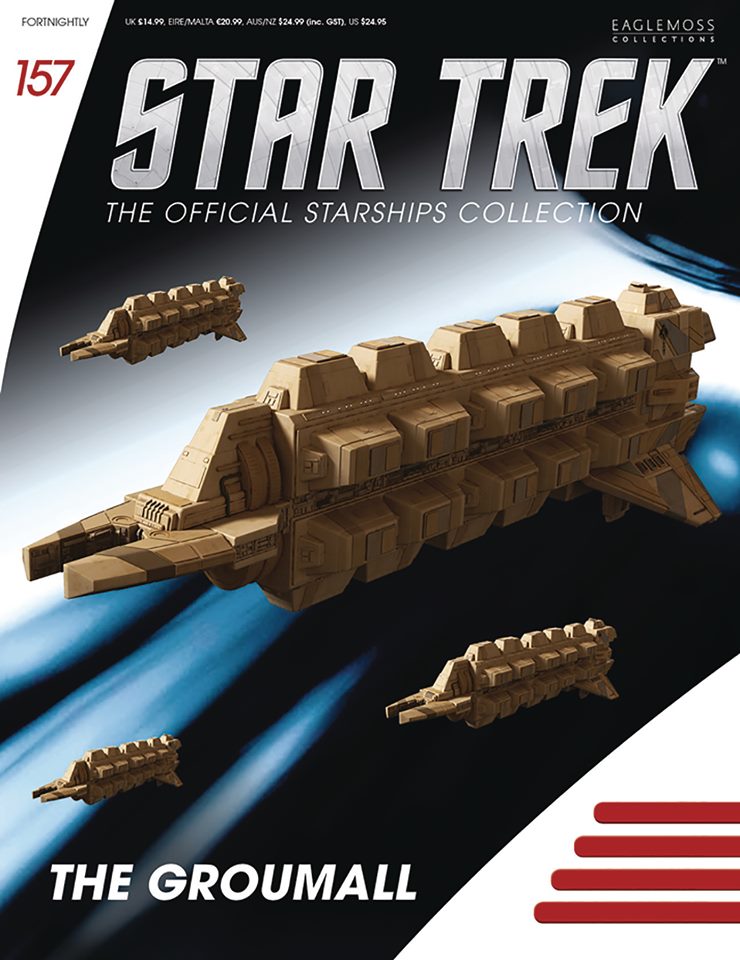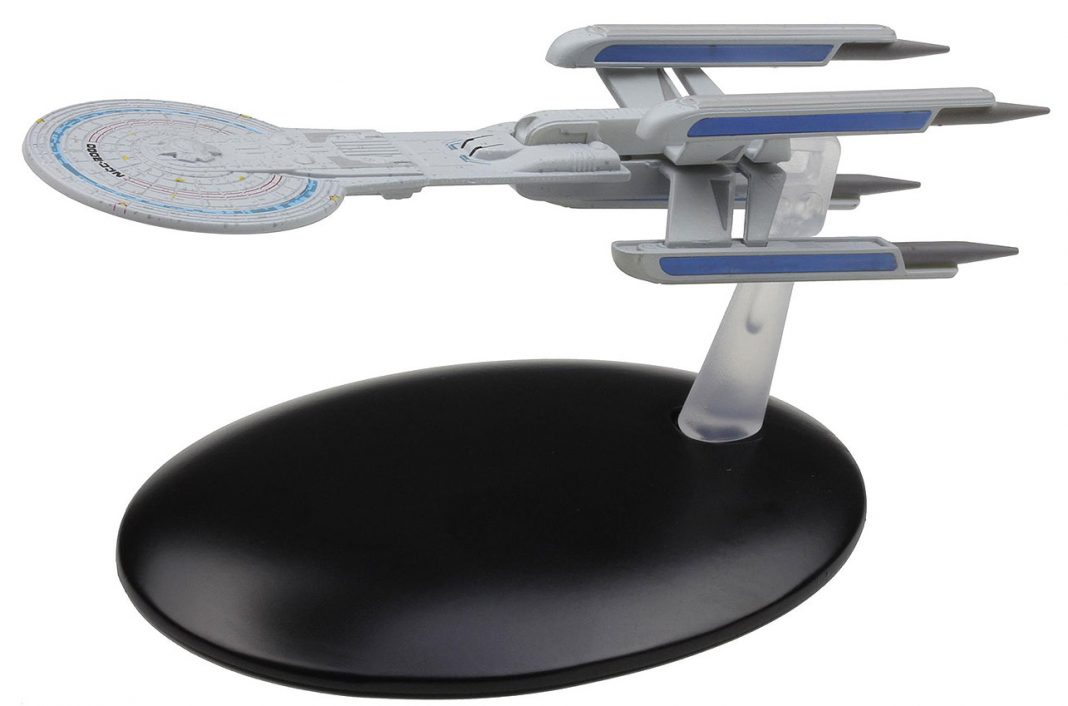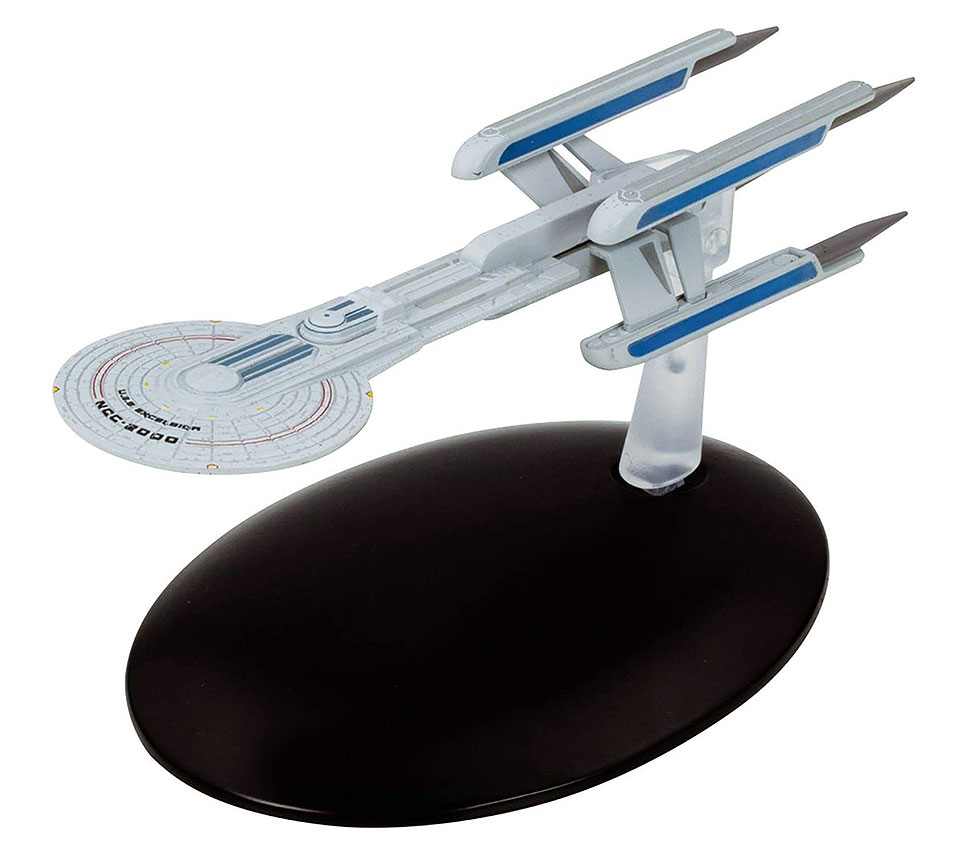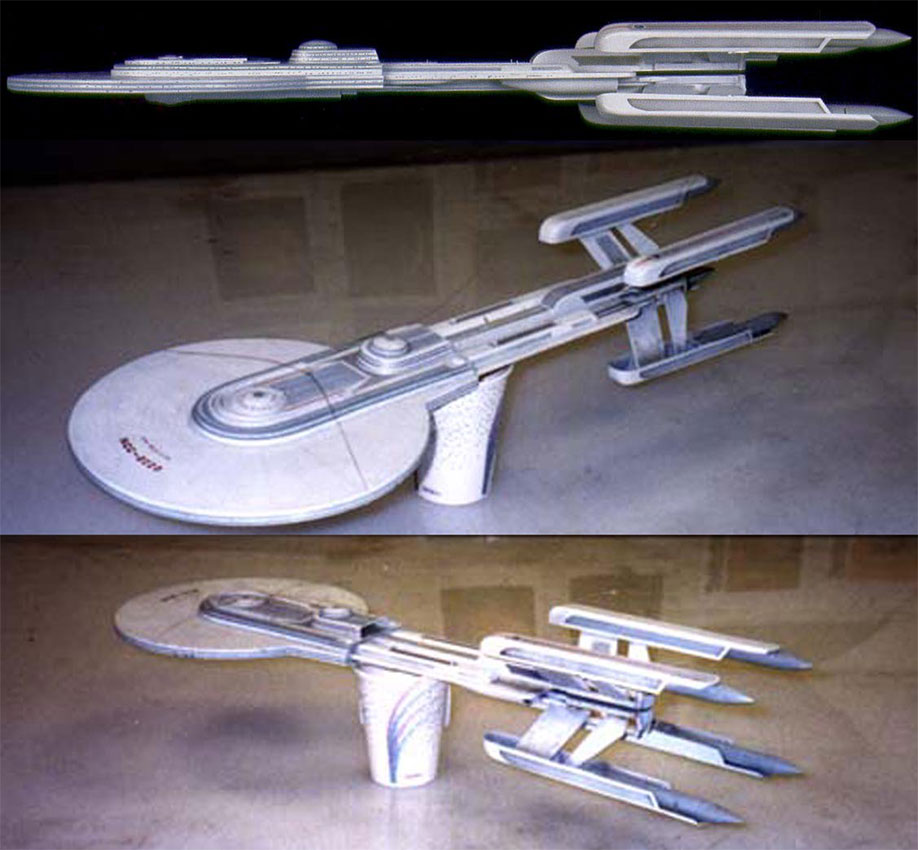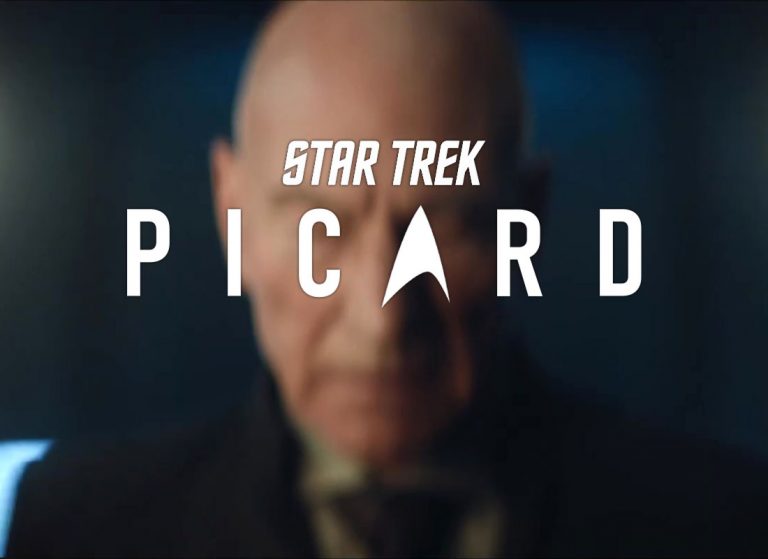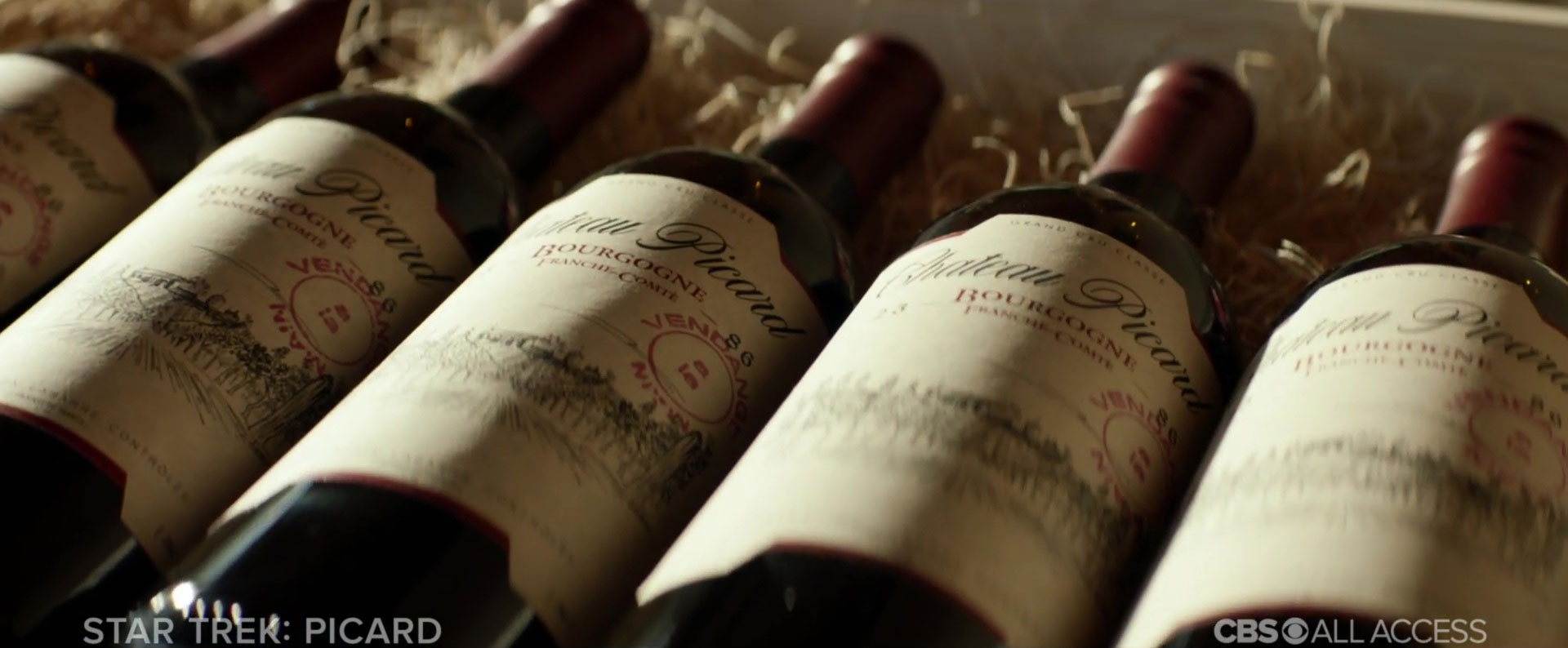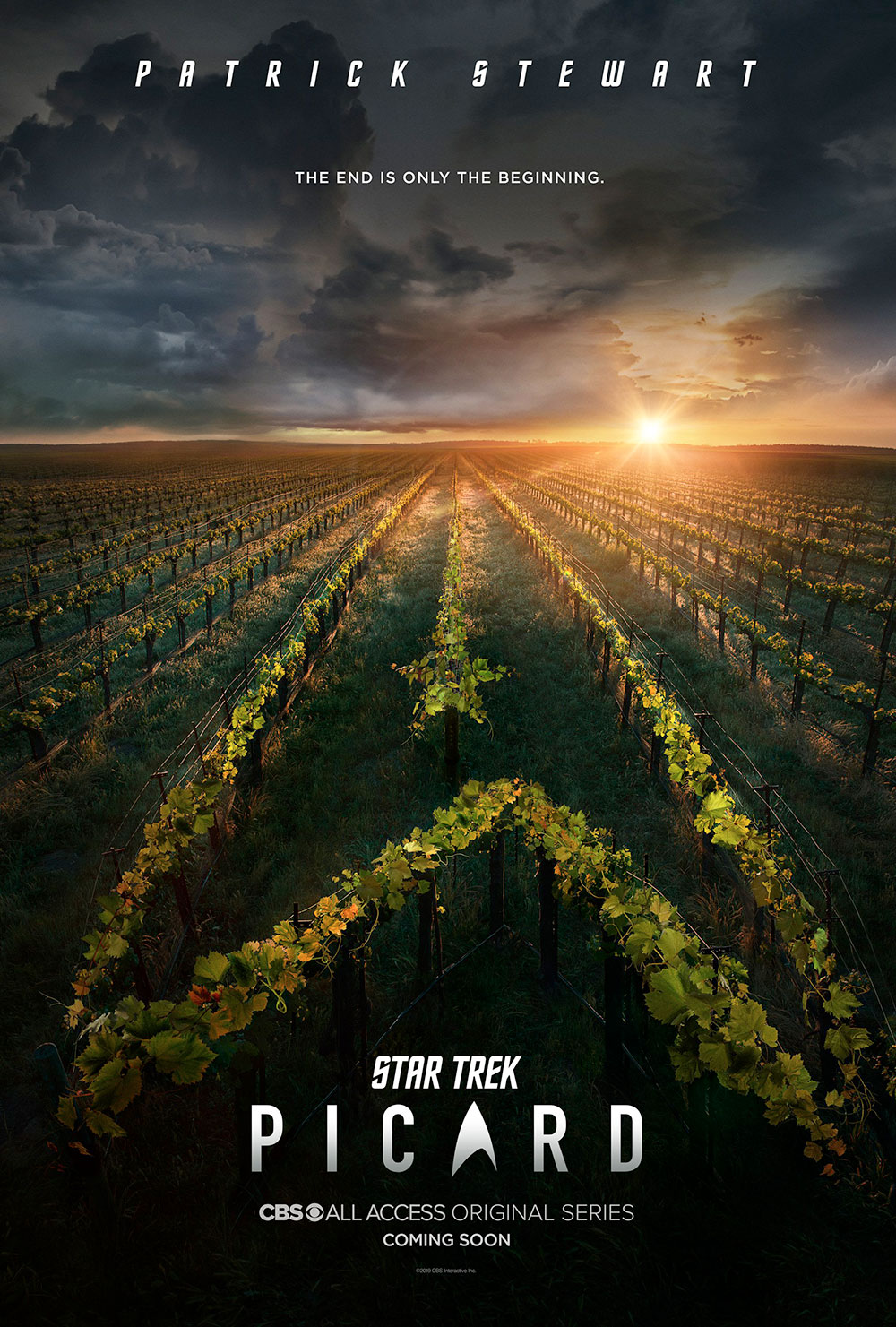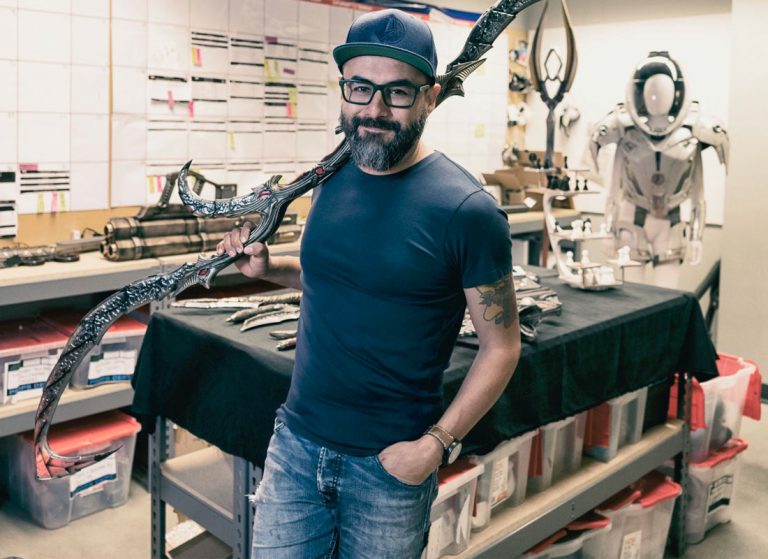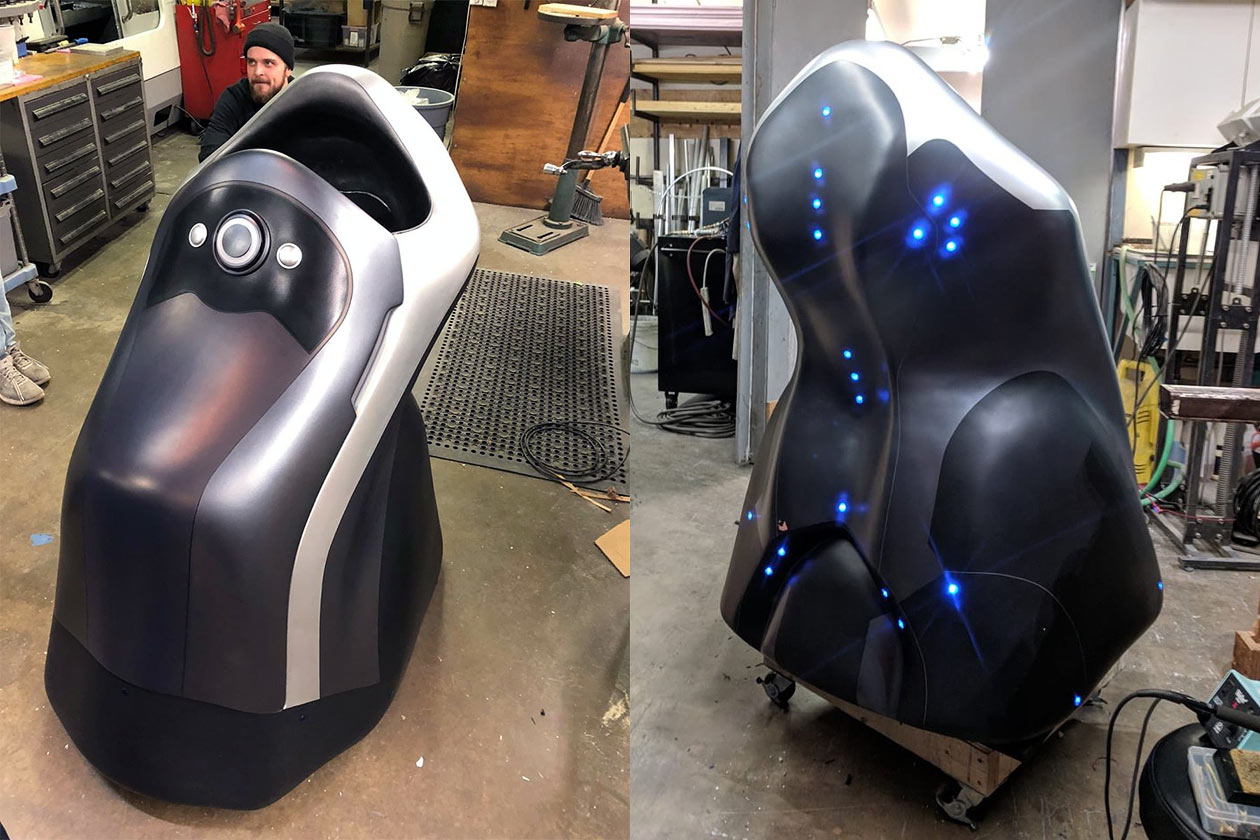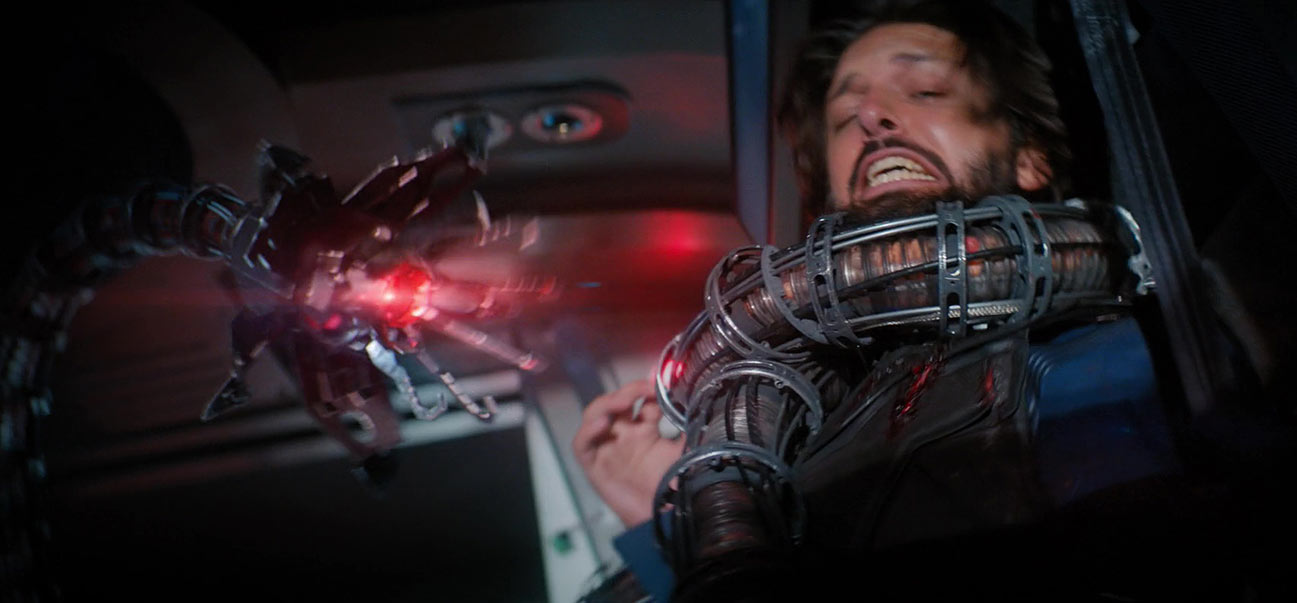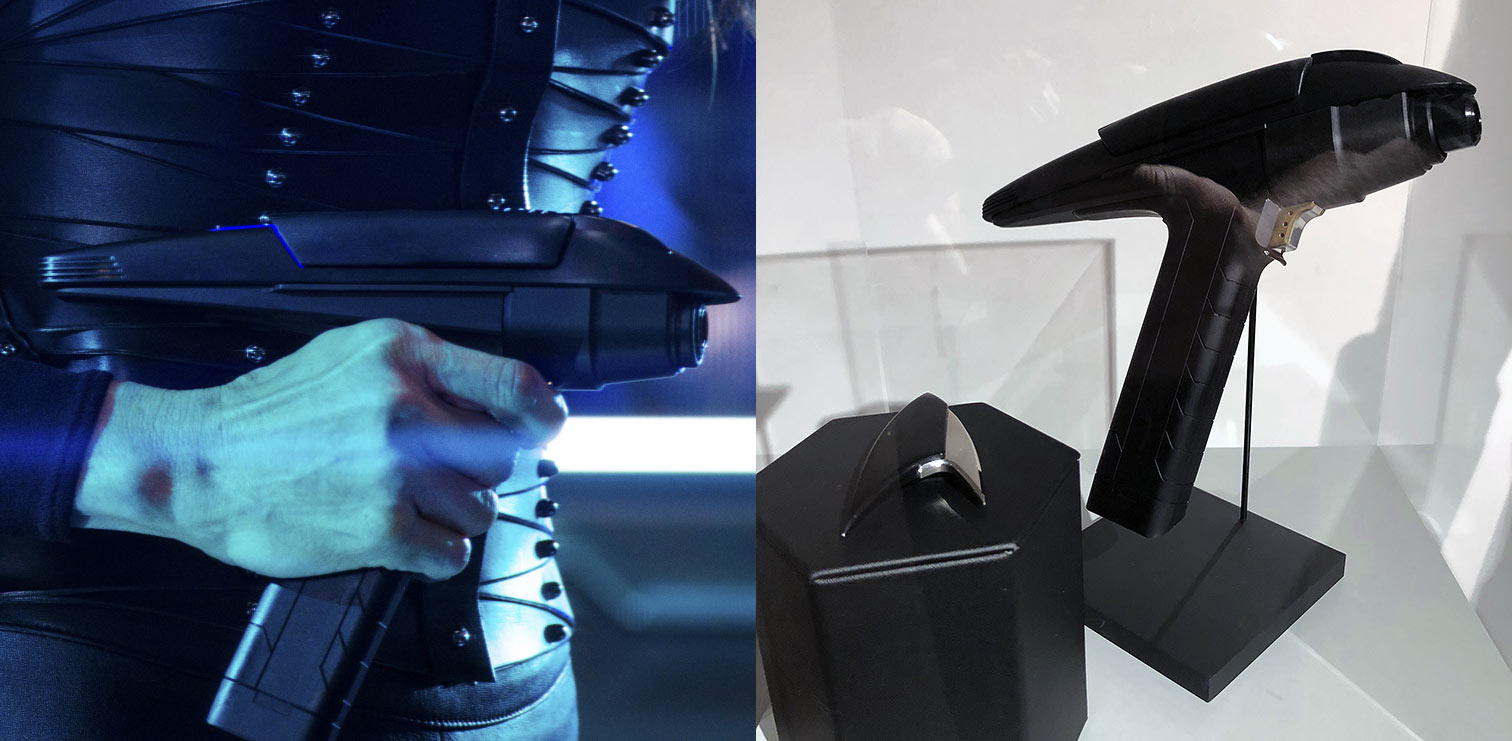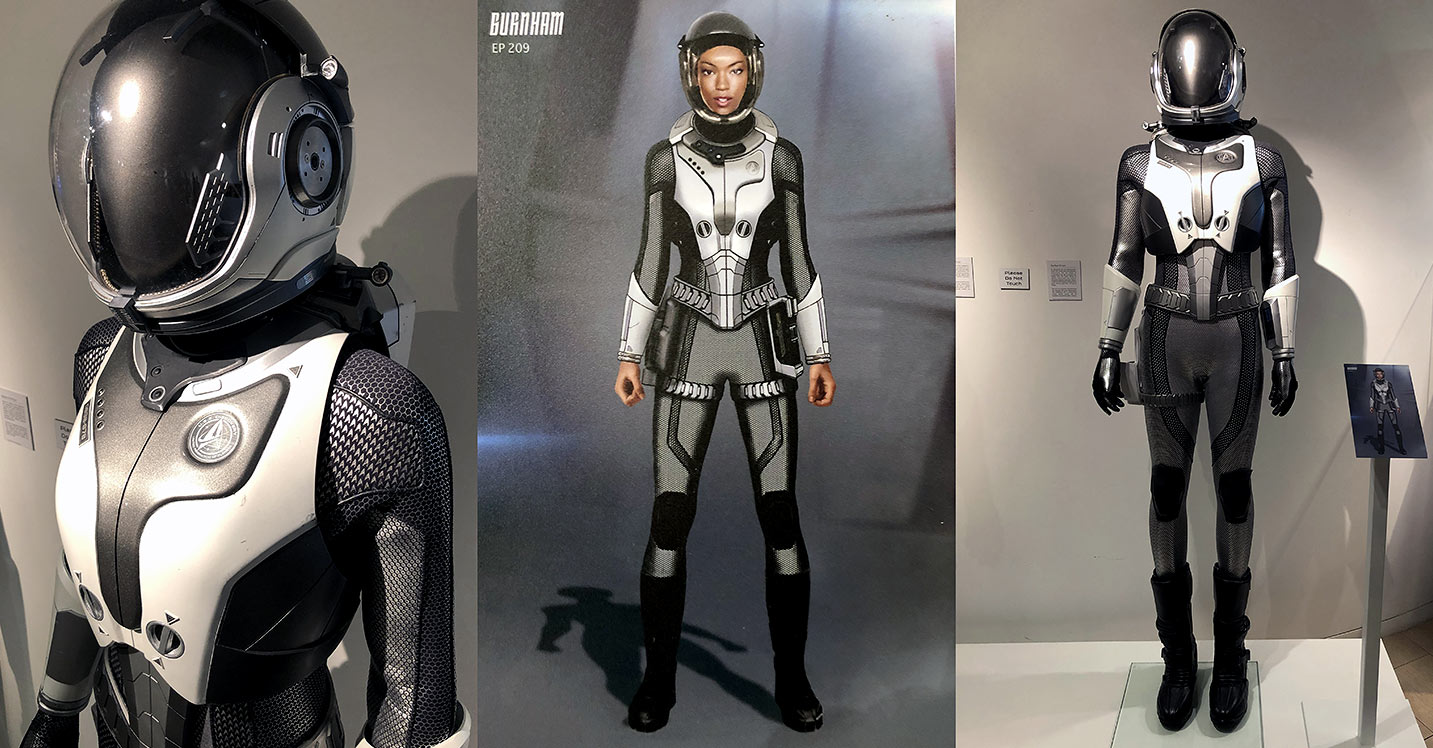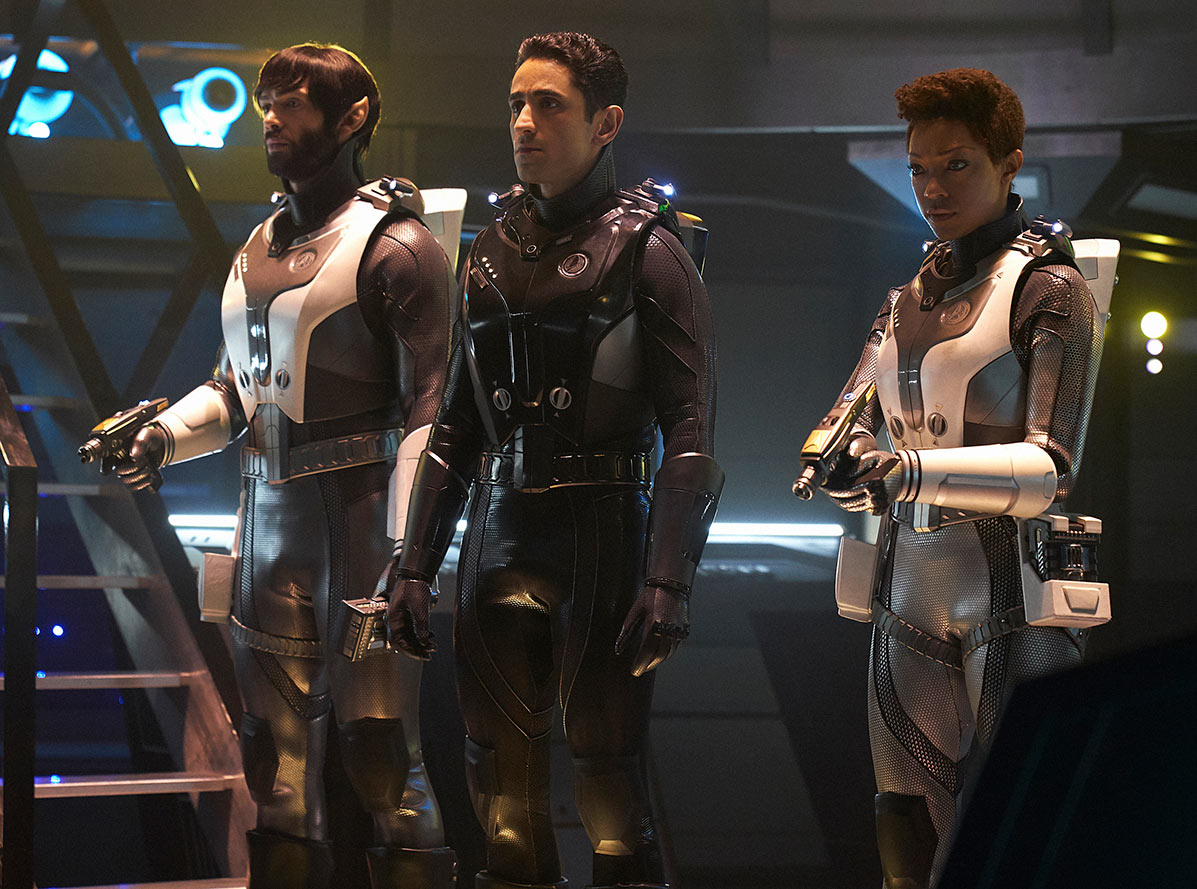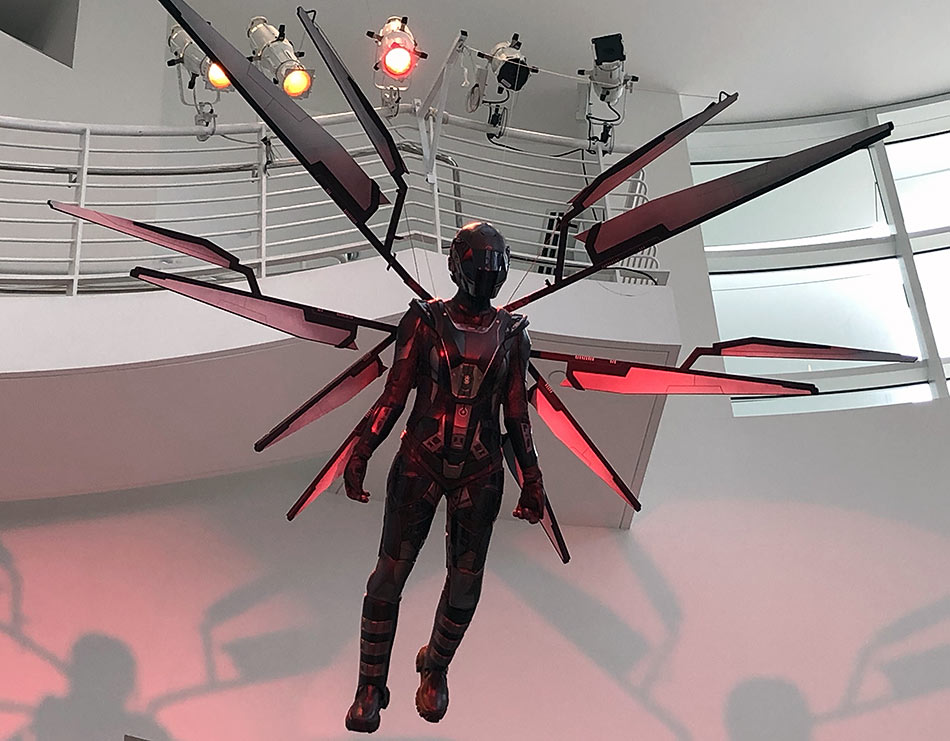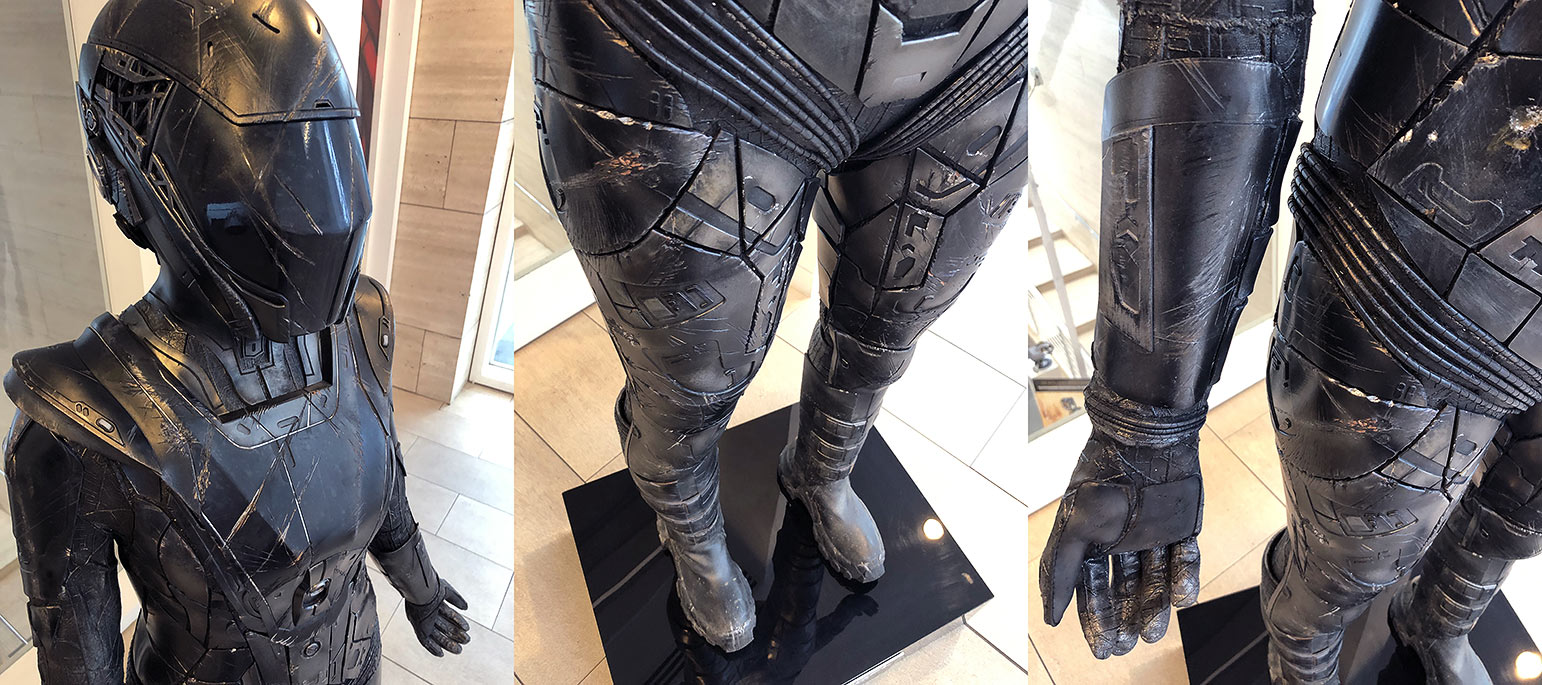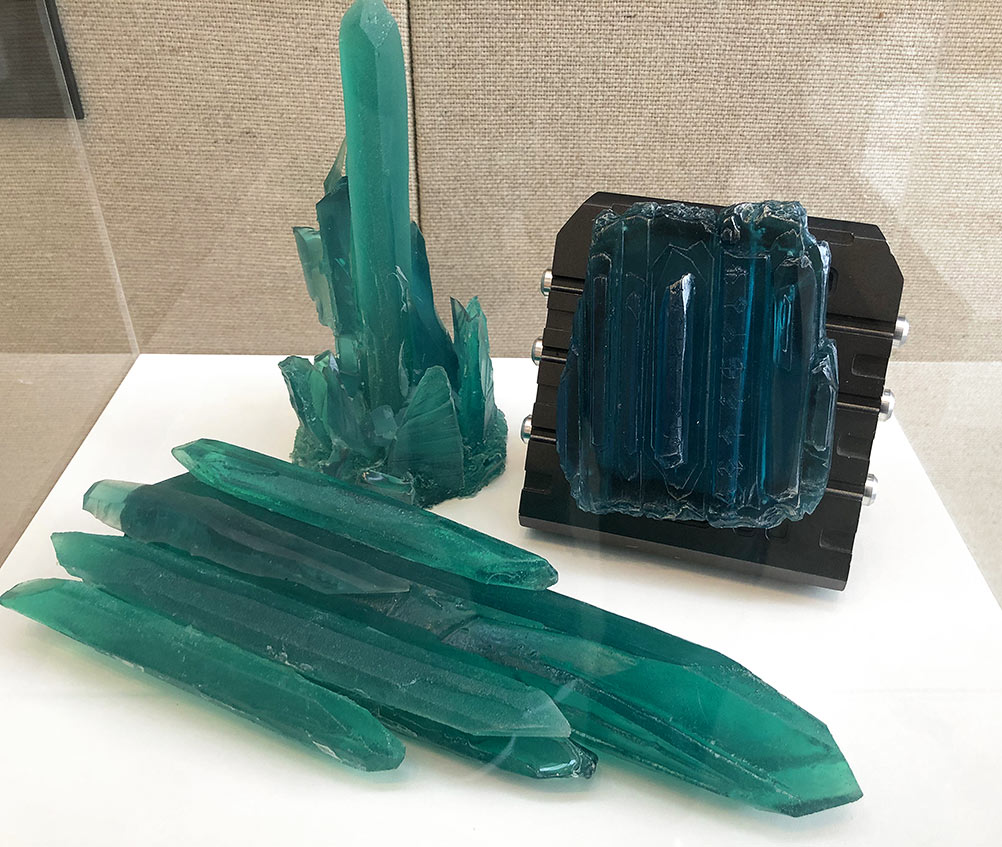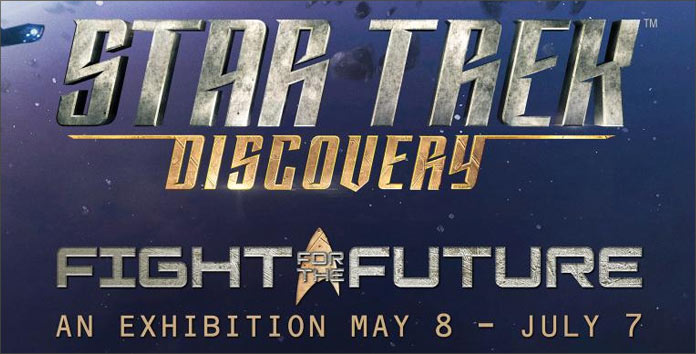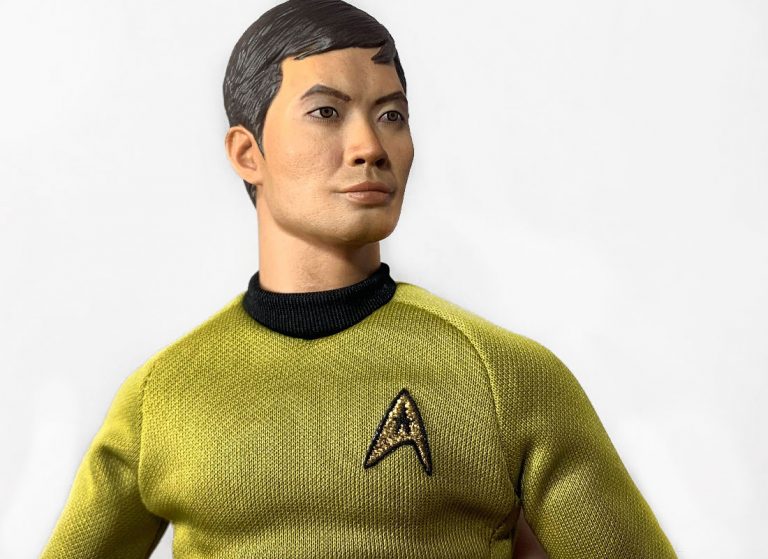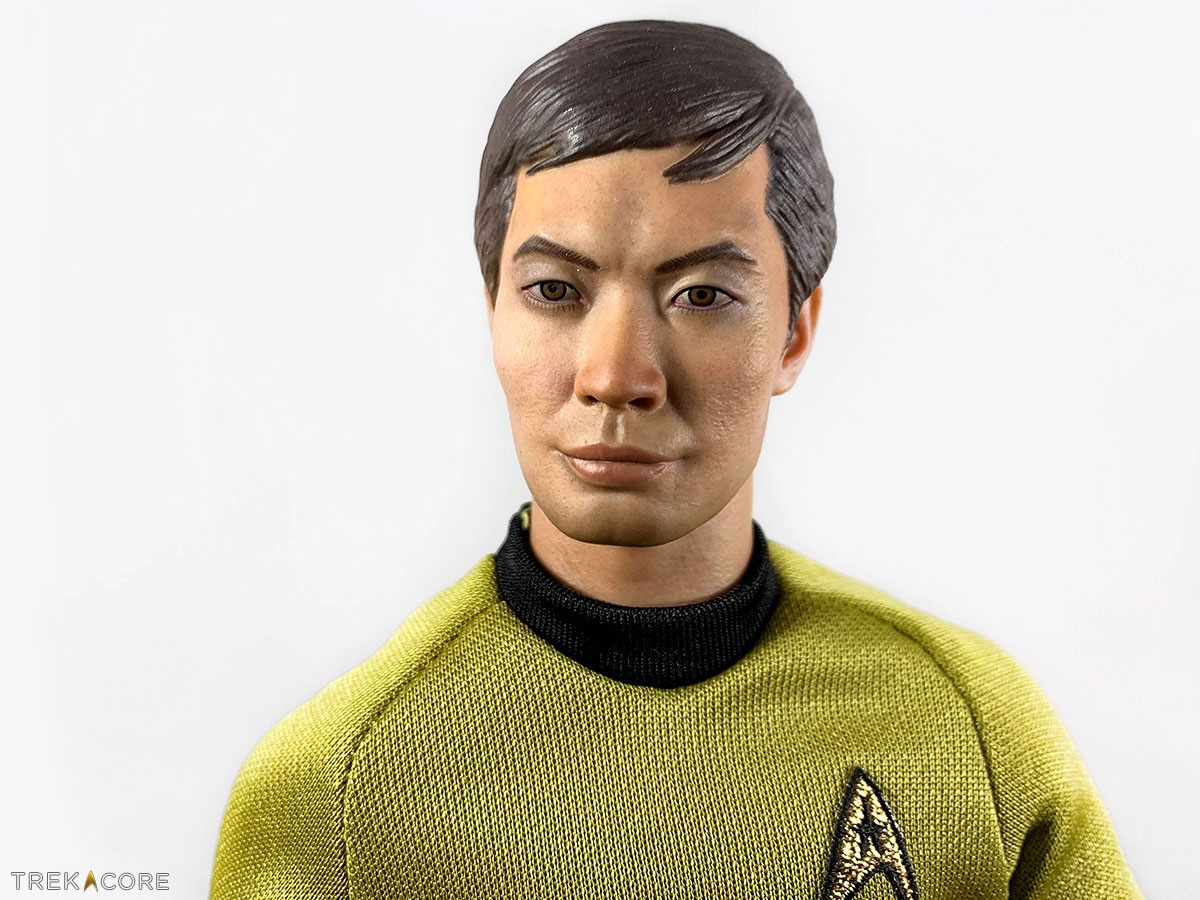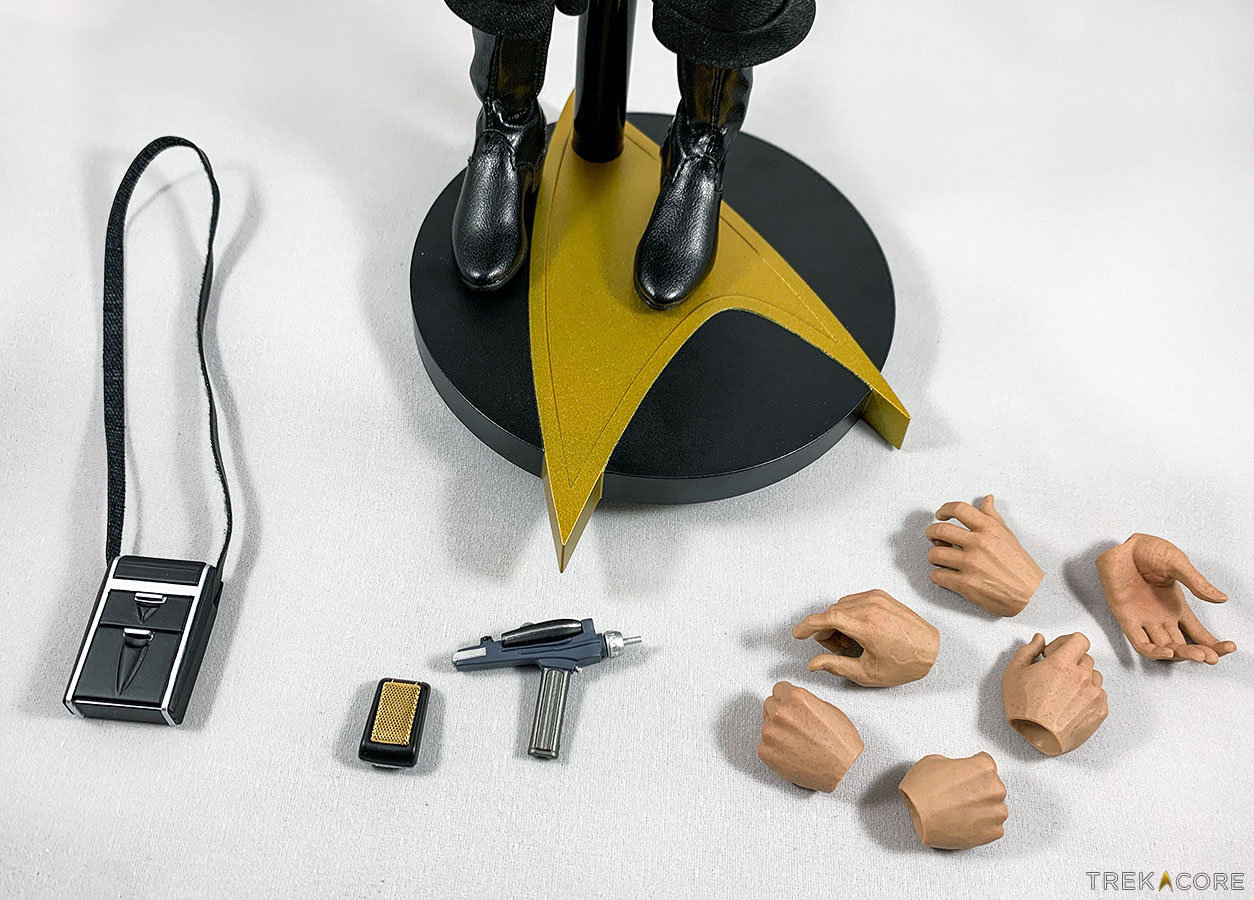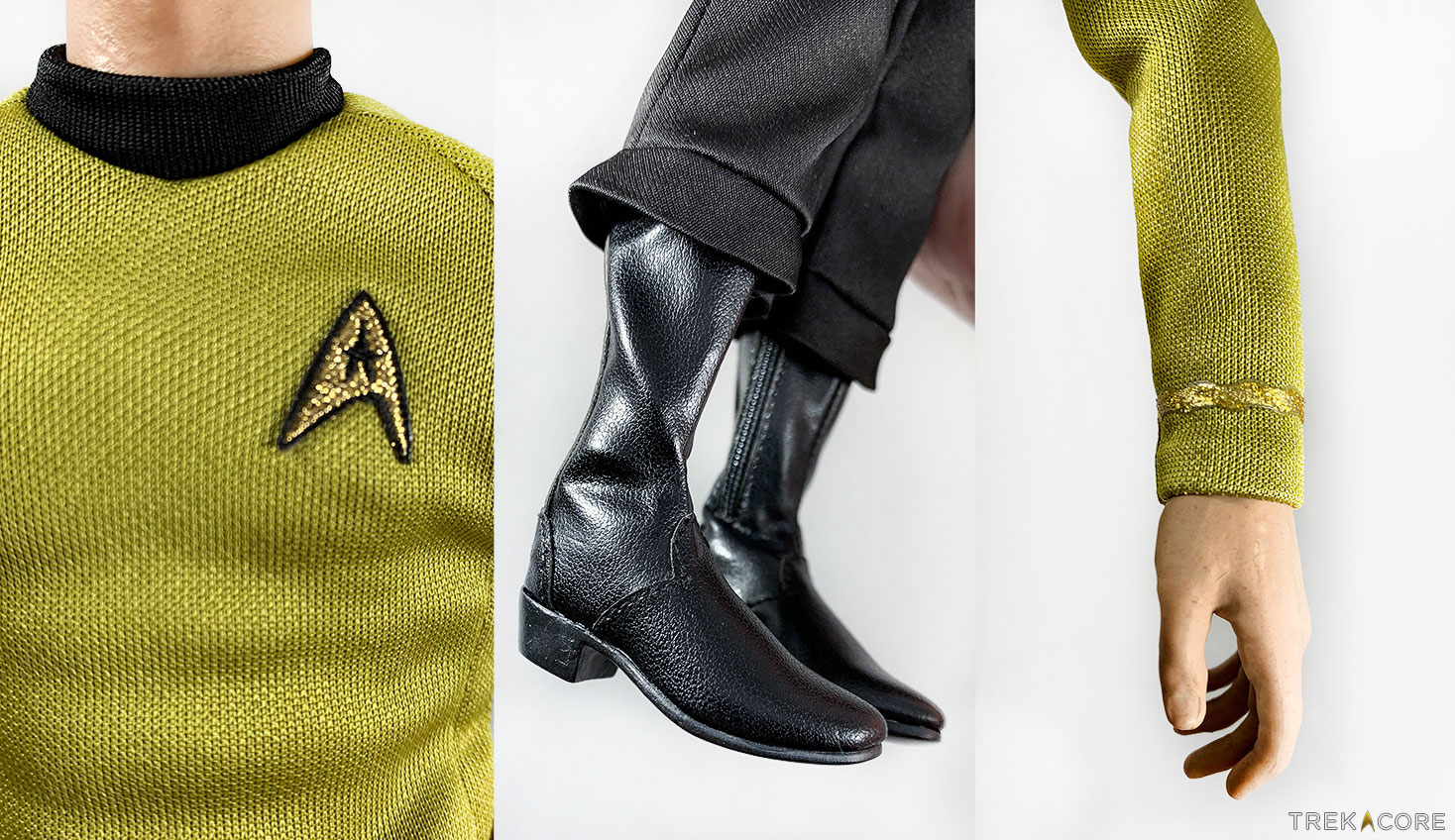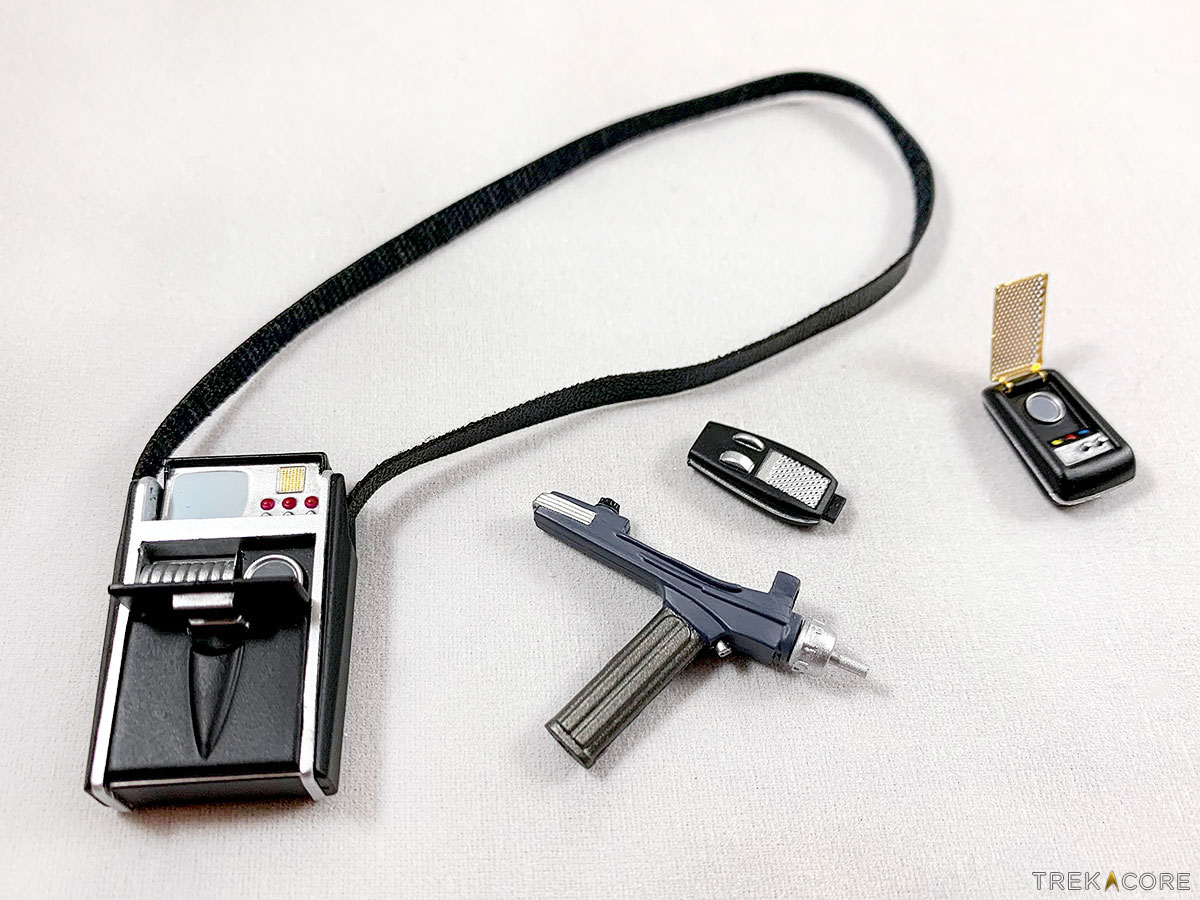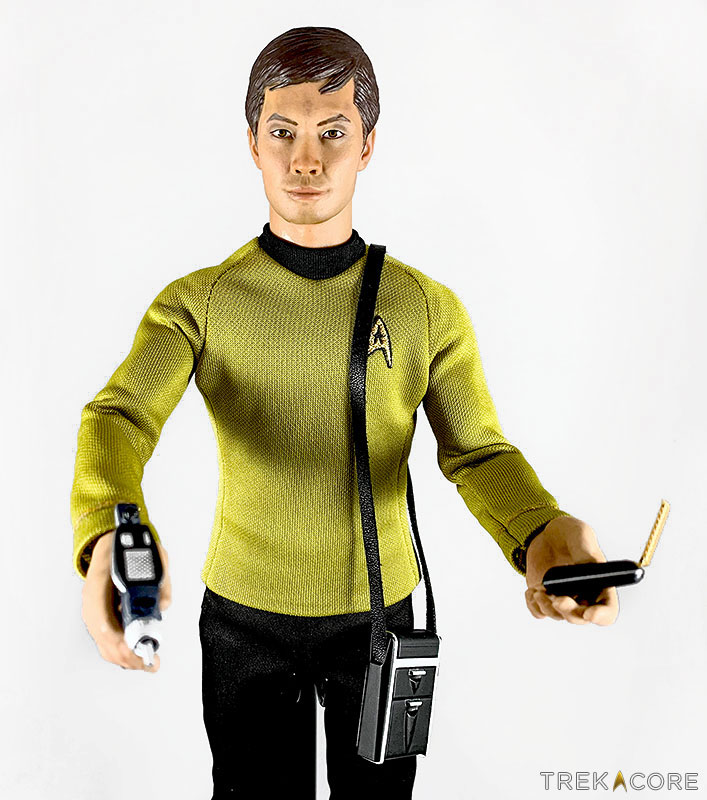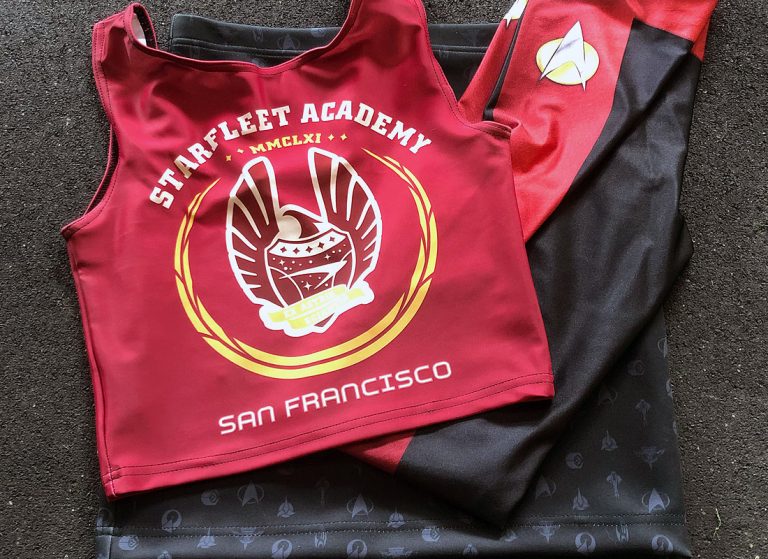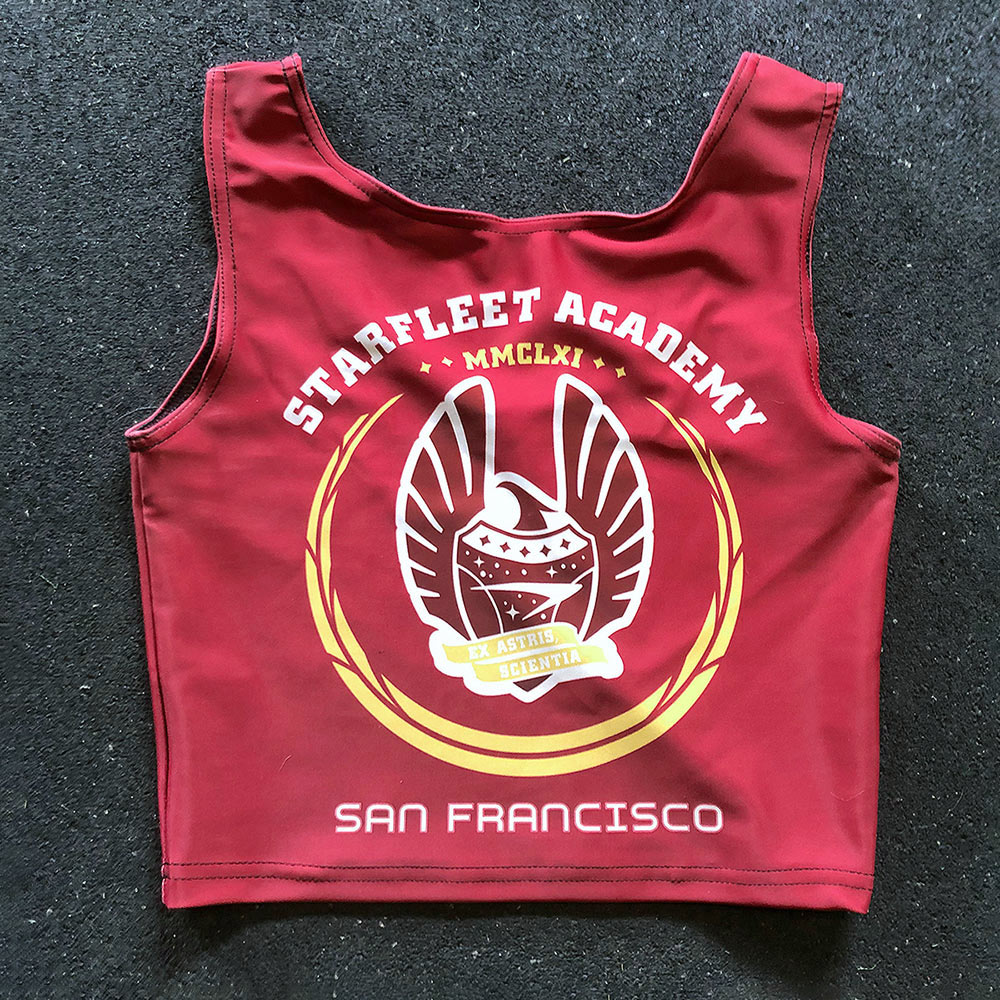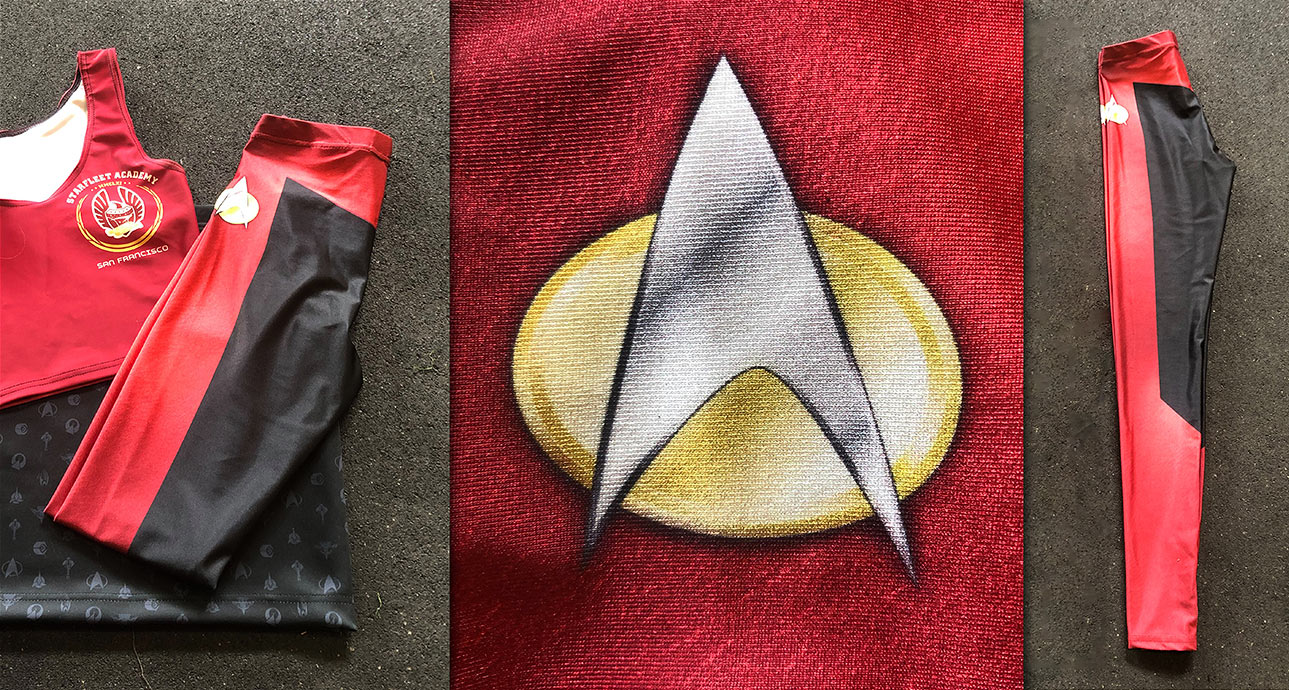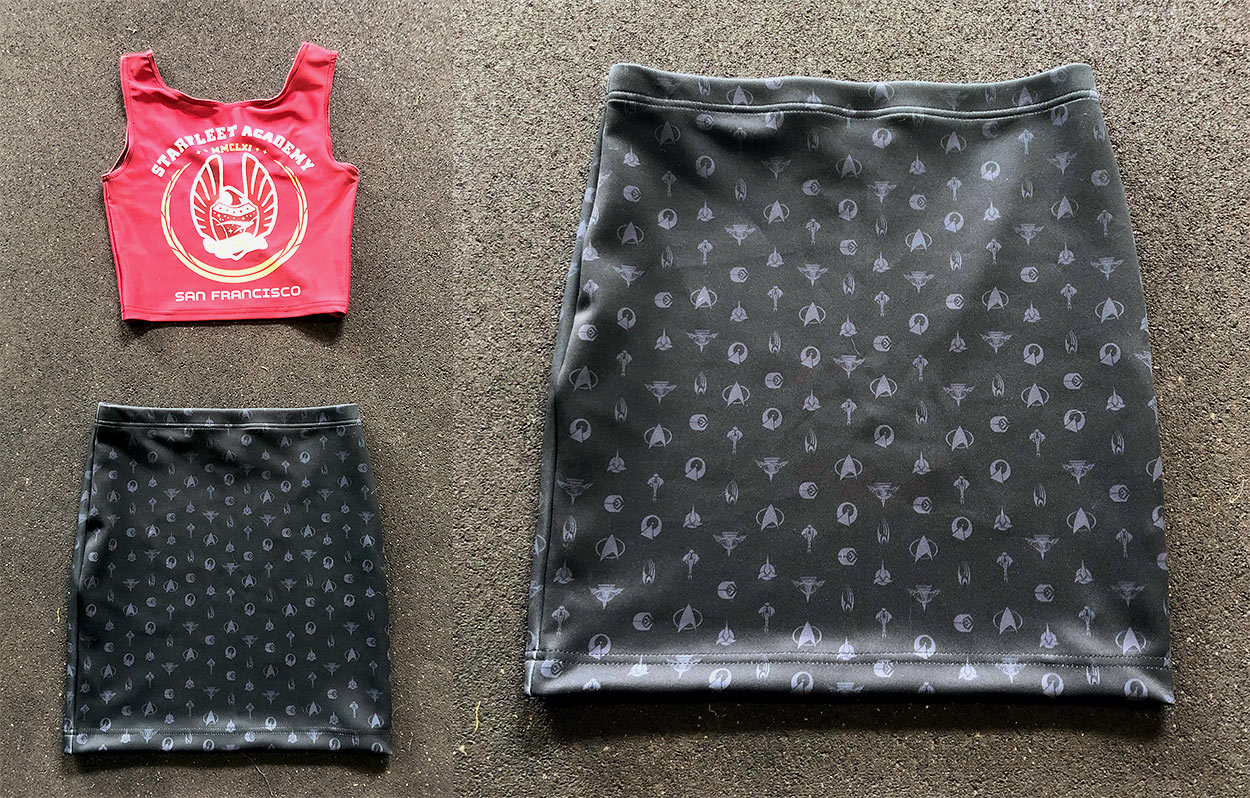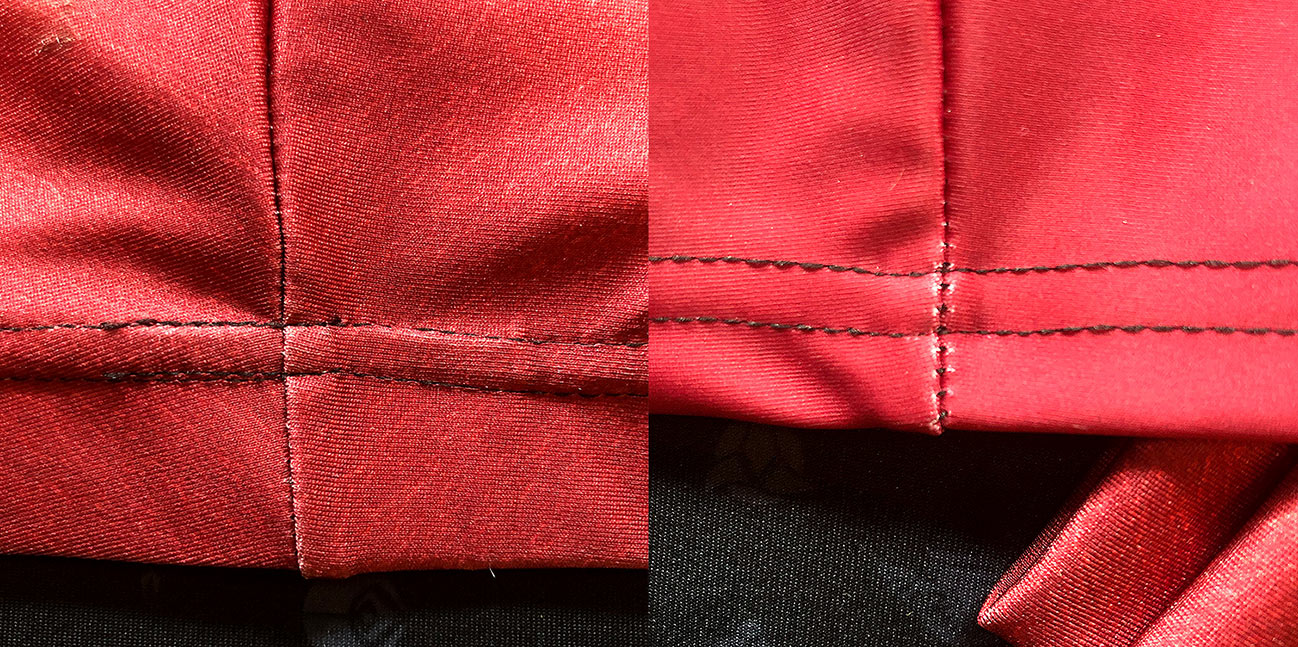An all-new Star Trek adventure set during The Original Series era and featuring James T. Kirk!
The saga of James T. Kirk’s historic command of the U.S.S. Enterprise is known throughout the galaxy.
But one part of the legend has barely been touched upon until now: the story of Kirk’s first starship command and the remarkable achievements by which Starfleet’s youngest captain earned the right to succeed Christopher Pike as the commander of the famous Enterprise.
From his early battles with the Klingons to the rescue of endangered civilizations, Kirk grapples with difficult questions: Is he a warrior or a peacemaker?
Should he obey regulations or trust his instincts? This thrilling novel illustrates the events and choices that would shape James T. Kirk into one of the most renowned captains in Starfleet history.
The Captain’s Oath, the new classic Star Trek novel by Christopher L. Bennett released last week, returns us to Captain James T. Kirk and the crew of the original Enterprise for the first time in almost two and a half years!
Why such a long wait for Kirk content? There are two factors at play; firstly, the same factors that held up non-Discovery novels as a whole, the renegotiation of Simon & Schuster’s license with CBS. But the extra-long wait for Original Series books seems to have been caused by an additional factor — Star Trek: Discovery itself.
With no clear idea what the show or its stories would be, Simon & Schuster made a strategic decision to avoid the 23rd century during 2017, lest they publish anything that could be blatantly contradicted by the new flagship show for the franchise set close to the same timeframe.
But now, with a clear idea of what Discovery is and the story it is trying to tell, it appears that a return to the 23rd century is on the cards. The Captain’s Oath is the first of two announced The Original Series books that will be published this year, and I am sure more will be on the way soon.
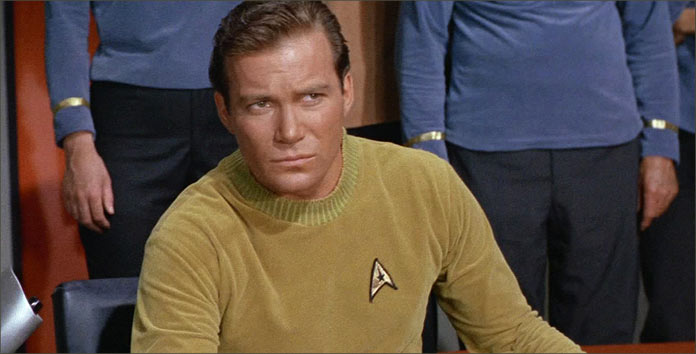
The Captain’s Oath tells the story of Captain Kirk’s first starship command before the Enterprise, intercut with the story of his first few days and weeks aboard the Enterprise with the original crew configuration in the series’ second pilot, “Where No Man Has Gone Before.”
This is not Christopher Bennett’s first rodeo when it comes to filling in gaps in Star Trek history. He previously provided the same service for Captain Jean-Luc Picard in the Next Generation novel The Buried Age, which filled in Picard’s history with the story of his transition from commanding the USS Stargazer to the Enterprise. This is also not Bennett’s first time telling a story of transition for Kirk-era crew. His first novel, Ex Machina, picked up after the events of Star Trek: The Motion Picture and started to point the characters back towards the more comfortable point they found themselves in by Star Trek II: The Wrath of Khan.
It is great to have Bennett back writing Star Trek novels. He is almost certainly the best Star Trek novelist at deploying real science in a way that works with the Star Trek mythos, and he has such a solid command of the Star Trek canon that his books always feel totally grounded in the Star Trek universe. In the hands of some authors, throwing in so many references to episodes, movies, and published works and cameos from characters therein might feel overwrought, but Bennett skillfully balances showing us things we’ve seen before with inventing new aliens, planets, and concepts.
That is no less true in The Captain’s Oath, a book that takes us on a whirlwind tour of Kirk’s first command, the USS Sacagawea. We meet his first crew, get to witness the birth of his relationships with key figures in Star Trek like Dr. Leonard “Bones” McCoy and Lt. Commander Spock, all while taking in the sites of the Star Trek universe – both the familiar and the decidedly alien.
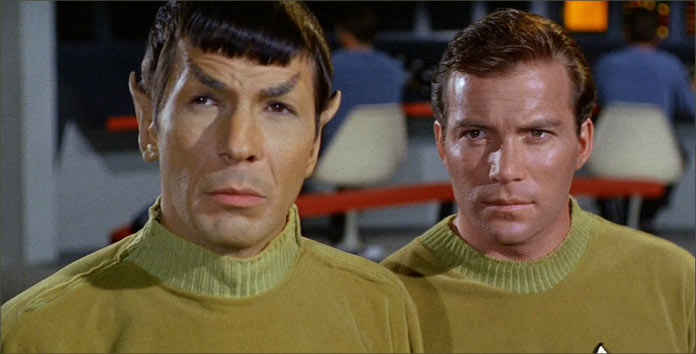
The book is filled with little side stories and episodes, a necessary structure given the plot spans multiple years, but each is engaging and different. The two main stories that underpin the narrative – a perceived invasion into Federation space by an unknown alien (while Kirk commands the USS Sacagawea), and a need to rescue a Federation archaeological team from a planet under threat – feel like fresh, cool stories.
The aliens in the Sacagawea plot, the Agni, are just that – very alien. Star Trek has often struggled to show us much more than human analogues with makeup appliances (for obvious reasons), but Bennett can always be relied upon to use the literary medium to develop truly alien extraterrestrials.
There are a lot of interesting characters in this novel – both original to the book or from the Star Trek canon – including crew members from earlier in Kirk’s career who mirror or shade his later relationships with the characters we know much better. For example, his science officer aboard the Sacagawea is a passionate Andorian, quite the mirror for the logical Mister Spock, and how Kirk learns to adapt to that relationship provides us important lessons about how he develops his own relationship with Spock in the Original Series.
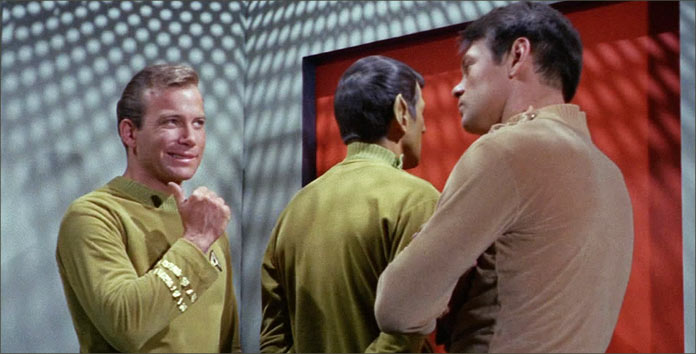
But the most interesting character in the novel, as he should be, is Captain Kirk. In the acknowledgements to the book, Bennett points out that the Kirk in his novel is not the same Kirk as has permeated popular myth – the shoot ‘em up, love ‘em up adventurer who has been copied and parodied more times than can be counted. Instead, the Kirk that Bennett builds up is the actual Kirk we’re introduced to in the first season of the Original Series. He’s a lot more aloof than the Kirk of popular culture, a lot more reserved, and even a little overly serious.
Though Bennett is clearly fascinated by that Kirk, it’s not difficult to see this character as the same one that was depicted later in the Original Series as the characterization developed and the legend of Captain Kirk was born. Indeed, the Kirk as he appears in the early portion of the novel at the start of his first command is much more brash, much younger, and much more inexperienced. In those early pages, it’s easy to see both Shatner’s and Pine’s take on the character pull through, given that we’ve seen an inexperienced Captain Kirk on screen in the Kelvin Timeline.
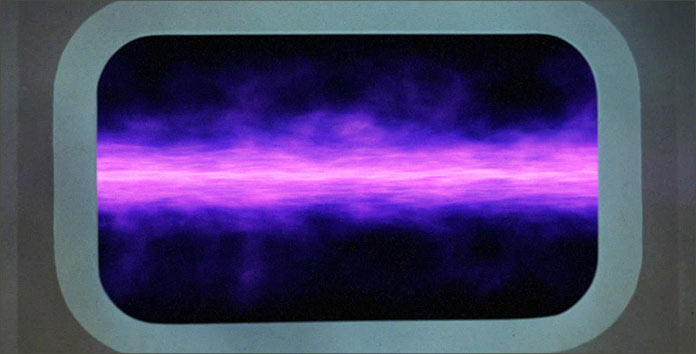
Another highlight of Bennett’s work is on full display in this novel – he is often able to provide cogent explanations to inconsistencies or outright absurdities in the Star Trek canon that still make sense within the universe but add a layer of realism to the work. I won’t spoil it, because these are always things that I look forward to discovering in his novels on my own, but I really liked his explanations for the events of “Where No Man Has Gone Before,” that minimize some of the absurdities of that episode – and also fix an issue with the 2009 Star Trek film in the process. You’ll have to read it and find out what those are, though!
Unfortunately, even Bennett cannot find many redeeming qualities for the character of Gary Mitchell, who is as unlikable in this novel as he was in “Where No Man…” I certainly don’t like the character very much, and I don’t think Bennett does either. If there’s one area I wish the book had spent a little more time on, it’s fleshing out that relationship to show why Kirk relies on the boorish (and a tad misogynistic) Mitchell in a way that could deepen the sense of loss he feels in “Where No Man…” when he is forced to end Mitchell’s life.
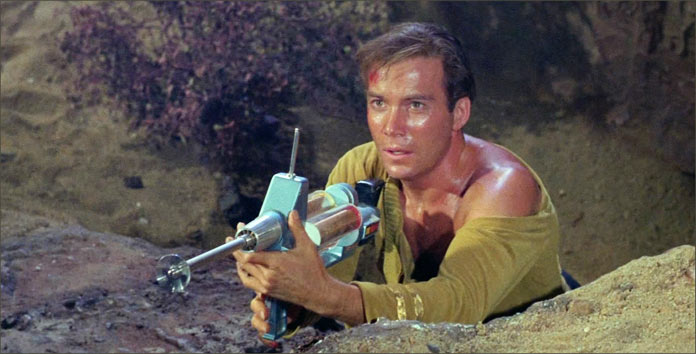
If you’ve been itching for a Captain Kirk novel that lets you spend considerable time with the character in a previously unexplored part of his life, and in the process see Captain Kirk do what he does best, then The Captain’s Oath is the book for you.
Though not quite a traditional Star Trek: The Original Series novel with the full crew in their typical positions, this novel tells a great story and let’s us see some really important moments from these characters’ histories that have never before been explored.

